Details of the Target
General Information of Target
| Target ID | LDTP10403 | |||||
|---|---|---|---|---|---|---|
| Target Name | DDRGK domain-containing protein 1 (DDRGK1) | |||||
| Gene Name | DDRGK1 | |||||
| Gene ID | 65992 | |||||
| Synonyms |
C20orf116; UFBP1; DDRGK domain-containing protein 1; Dashurin; UFM1-binding and PCI domain-containing protein 1 |
|||||
| 3D Structure | ||||||
| Sequence |
MAAHLKKRVYEEFTKVVQPQEEIATKKLRLTKPSKSAALHIDLCKATSPADALQYLLQFA
RKPVEAESVEGVVRILLEHYYKENDPSVRLKIASLLGLLSKTAGFSPDCIMDDAINILQN EKSHQVLAQLLDTLLAIGTKLPENQAIQMRLVDVACKHLTDTSHGVRNKCLQLLGNLGSL EKSVTKDAEGLAARDVQKIIGDYFSDQDPRVRTAAIKAMLQLHERGLKLHQTIYNQACKL LSDDYEQVRSAAVQLIWVVSQLYPESIVPIPSSNEEIRLVDDAFGKICHMVSDGSWVVRV QAAKLLGSMEQVSSHFLEQTLDKKLMSDLRRKRTAHERAKELYSSGEFSSGRKWGDDAPK EEVDTGAVNLIESGACGAFVHGLEDEMYEVRIAAVEALCMLAQSSPSFAEKCLDFLVDMF NDEIEEVRLQSIHTMRKISNNITLREDQLDTVLAVLEDSSRDIREALHELLCCTNVSTKE GIHLALVELLKNLTKYPTDRDSIWKCLKFLGSRHPTLVLPLVPELLSTHPFFDTAEPDMD DPAYIAVLVLIFNAAKTCPTMPALFSDHTFRHYAYLRDSLSHLVPALRLPGRKLVSSAVS PSIIPQEDPSQQFLQQSLERVYSLQHLDPQGAQELLEFTIRDLQRLGELQSELAGVADFS ATYLRCQLLLIKALQEKLWNVAAPLYLKQSDLASAAAKQIMEETYKMEFMYSGVENKQVV IIHHMRLQAKALQLIVTARTTRGLDPLFGMCEKFLQEVDFFQRYFIADLPHLQDSFVDKL LDLMPRLMTSKPAEVVKILQTMLRQSAFLHLPLPEQIHKASATIIEPAGESDNPLRFTSG LVVALDVDATLEHVQDPQNTVKVQVLYPDGQAQMIHPKPADFRNPGPGRHRLITQVYLSH TAWTEACQVEVRLLLAYNSSARIPKCPWMEGGEMSPQVETSIEGTIPFSKPVKVYIMPKP ARR |
|||||
| Target Bioclass |
Other
|
|||||
| Family |
DDRGK1 family
|
|||||
| Subcellular location |
Endoplasmic reticulum
|
|||||
| Function |
Substrate adapter for ufmylation, the covalent attachment of the ubiquitin-like modifier UFM1 to substrate proteins, which plays a key role in reticulophagy (also called ER-phagy). In response to endoplasmic reticulum stress, promotes recruitment of the E3 UFM1-protein ligase UFL1 to the endoplasmic reticulum membrane: in turn, UFL1 mediates ufmylation of proteins such as RPN1 and RPL26/uL24, promoting reticulophagy of endoplasmic reticulum sheets. Ufmylation-dependent reticulophagy inhibits the unfolded protein response (UPR) by regulating ERN1/IRE1-alpha stability. Ufmylation in response to endoplasmic reticulum stress is essential for processes such as hematopoiesis or inflammatory response. Required for TRIP4 ufmylation, thereby regulating nuclear receptors-mediated. transcription. May play a role in NF-kappa-B-mediated transcription through regulation of the phosphorylation and the degradation of NFKBIA, the inhibitor of NF-kappa-B. Plays a role in cartilage development through SOX9, inhibiting the ubiquitin-mediated proteasomal degradation of this transcriptional regulator.
|
|||||
| Uniprot ID | ||||||
| Ensemble ID | ||||||
| HGNC ID | ||||||
Target Site Mutations in Different Cell Lines
Probe(s) Labeling This Target
ABPP Probe
| Probe name | Structure | Binding Site(Ratio) | Interaction ID | Ref | |
|---|---|---|---|---|---|
|
FBPP2 Probe Info |
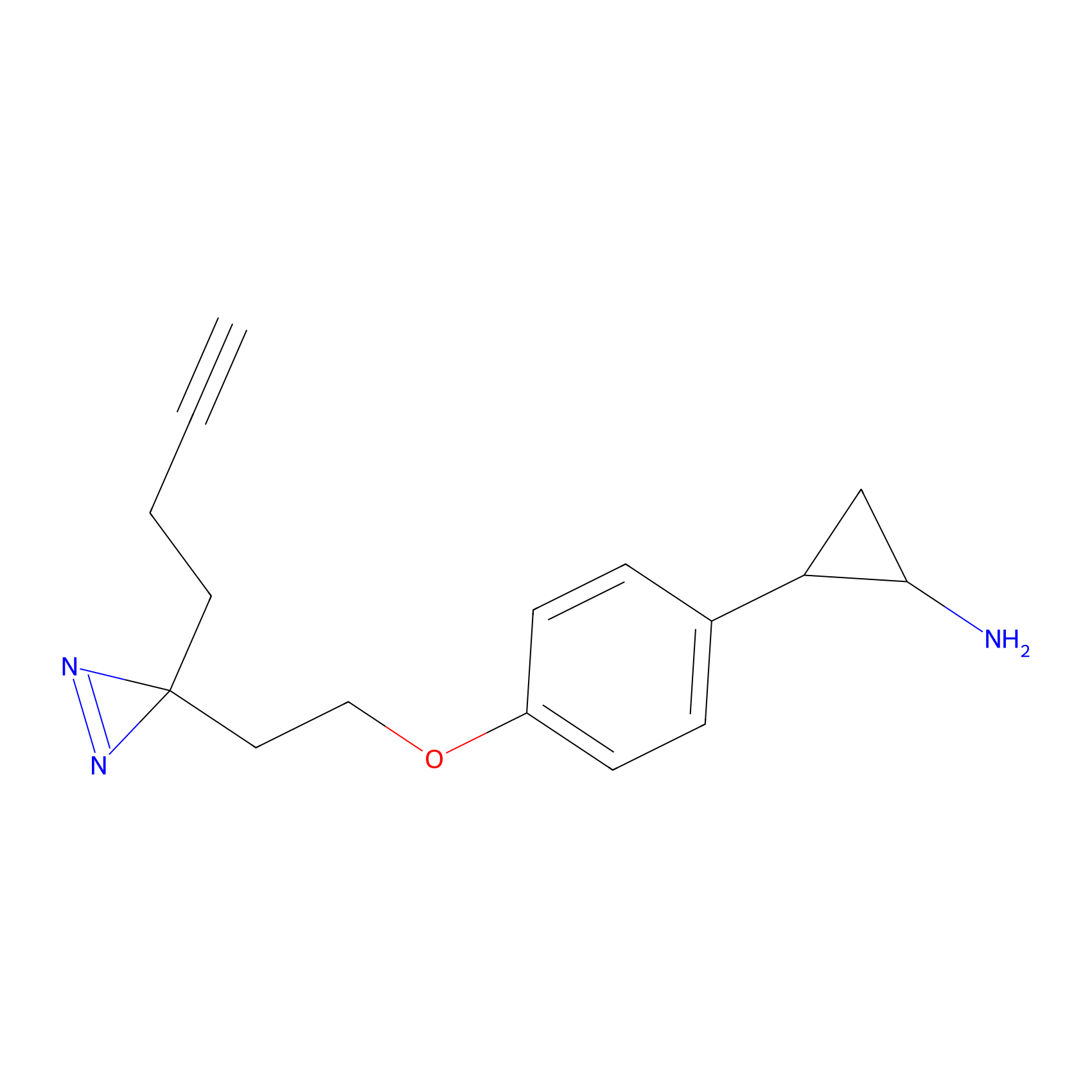 |
5.98 | LDD0318 | [1] | |
|
STPyne Probe Info |
 |
K128(5.00) | LDD0277 | [2] | |
|
Acrolein Probe Info |
 |
N.A. | LDD0223 | [3] | |
|
5E-2FA Probe Info |
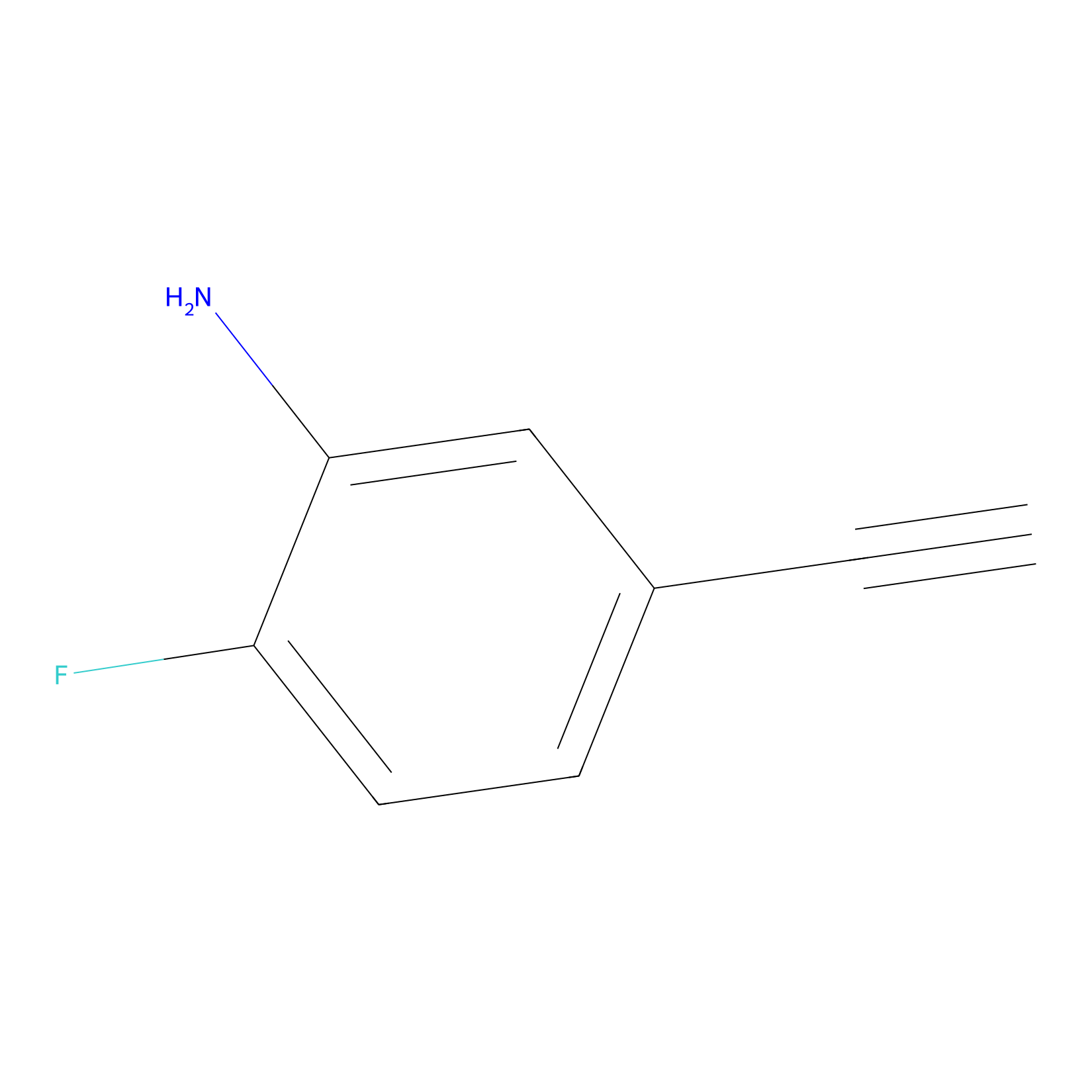 |
N.A. | LDD2235 | [4] | |
|
m-APA Probe Info |
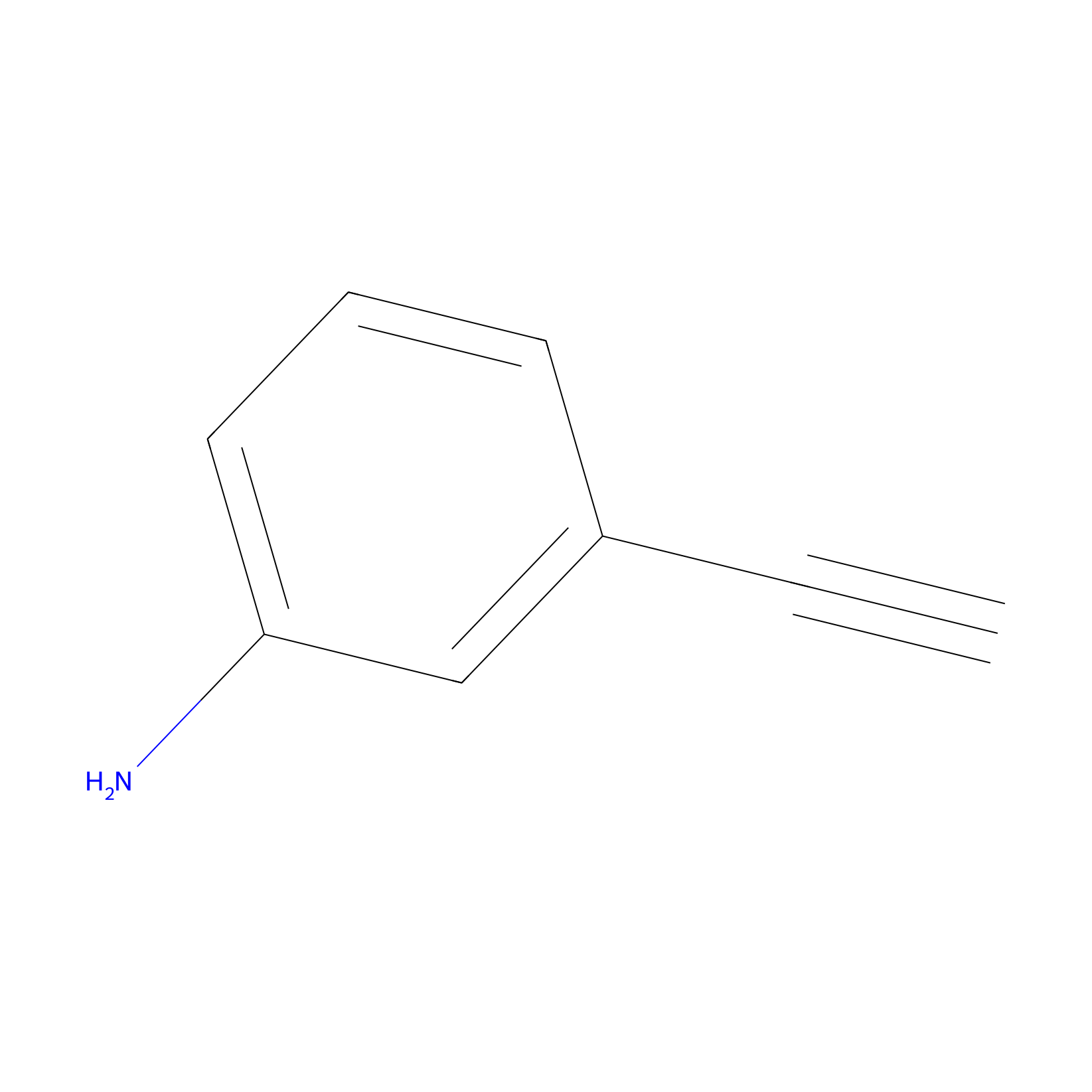 |
N.A. | LDD2231 | [4] | |
PAL-AfBPP Probe
| Probe name | Structure | Binding Site(Ratio) | Interaction ID | Ref | |
|---|---|---|---|---|---|
|
C040 Probe Info |
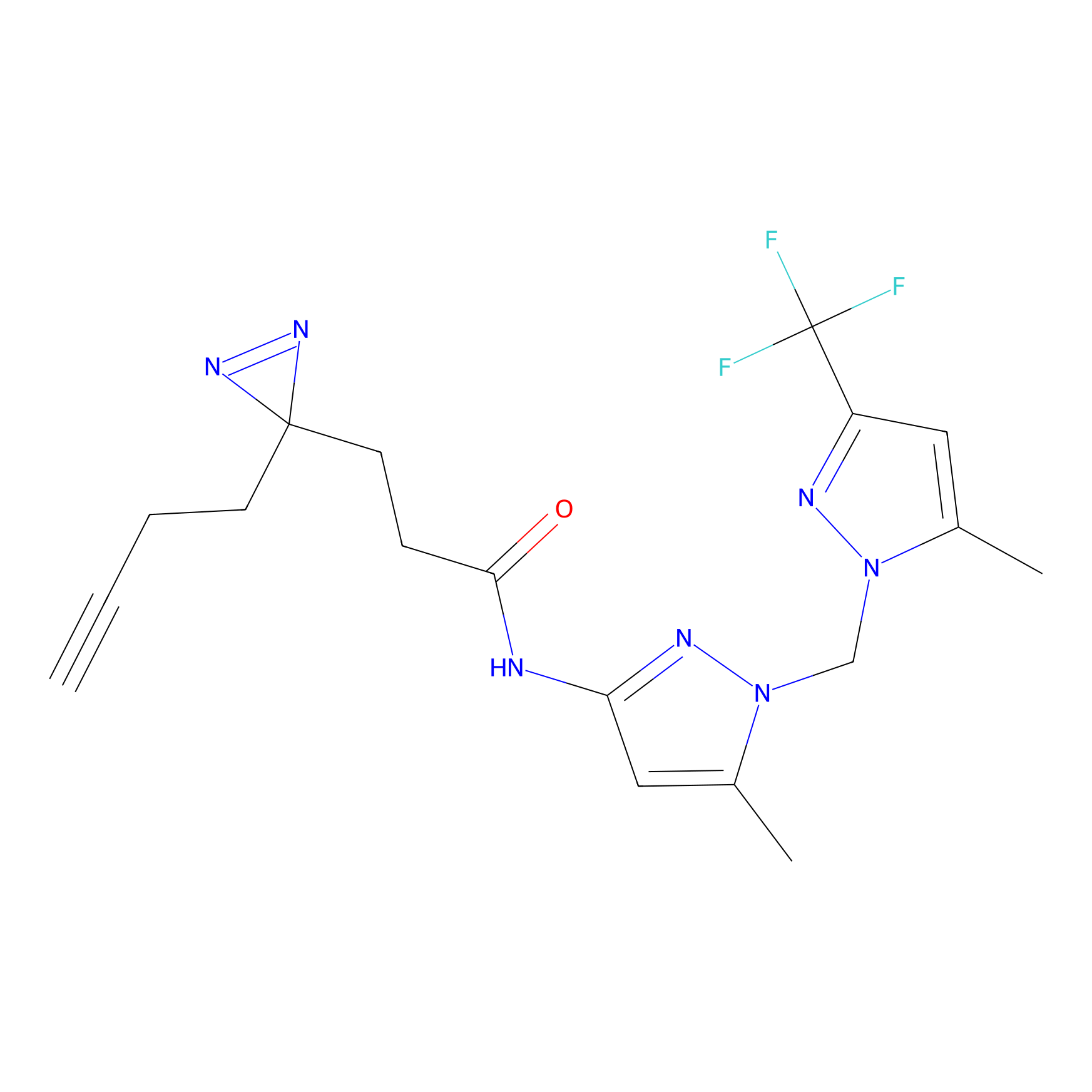 |
7.36 | LDD1740 | [5] | |
|
C041 Probe Info |
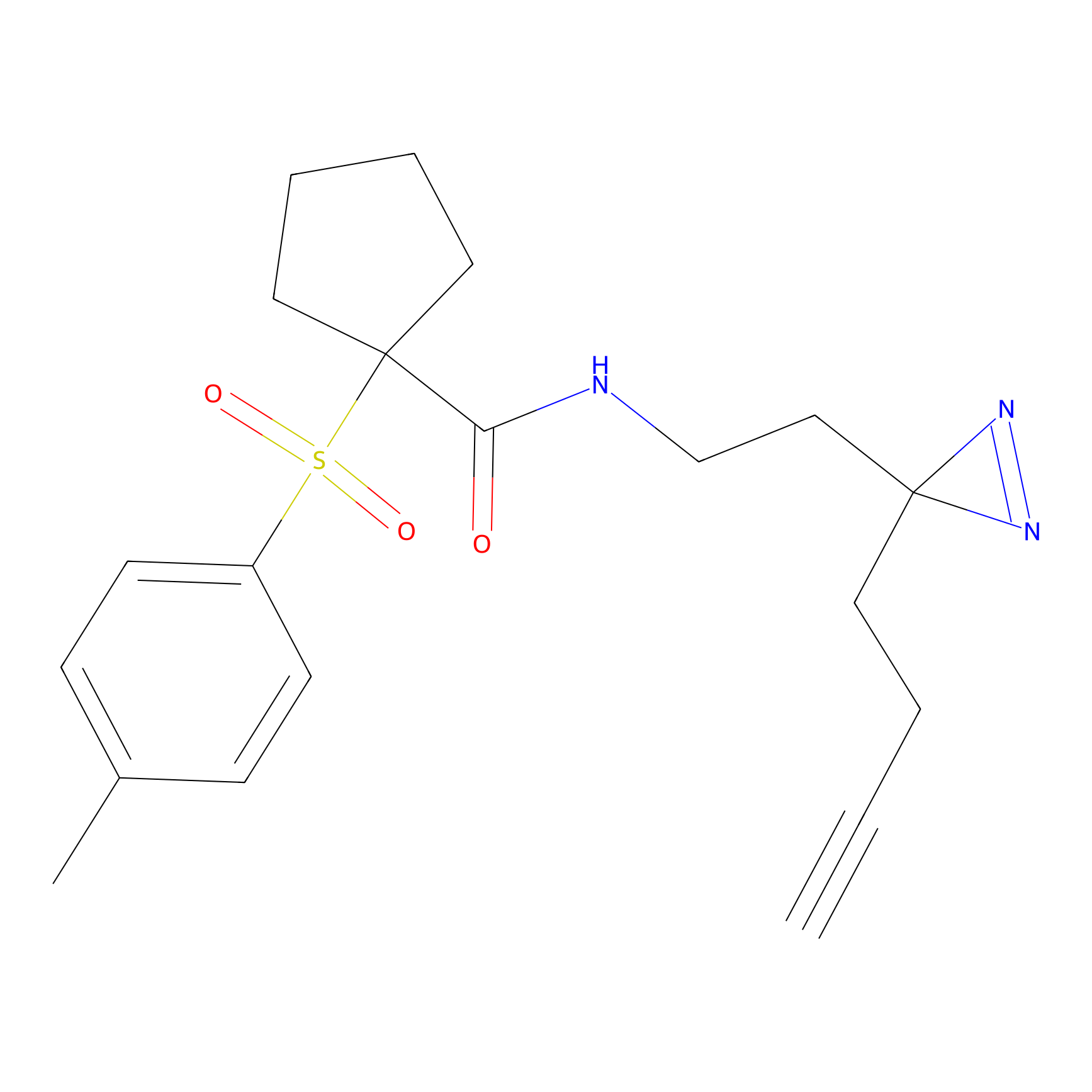 |
5.62 | LDD1741 | [5] | |
|
C087 Probe Info |
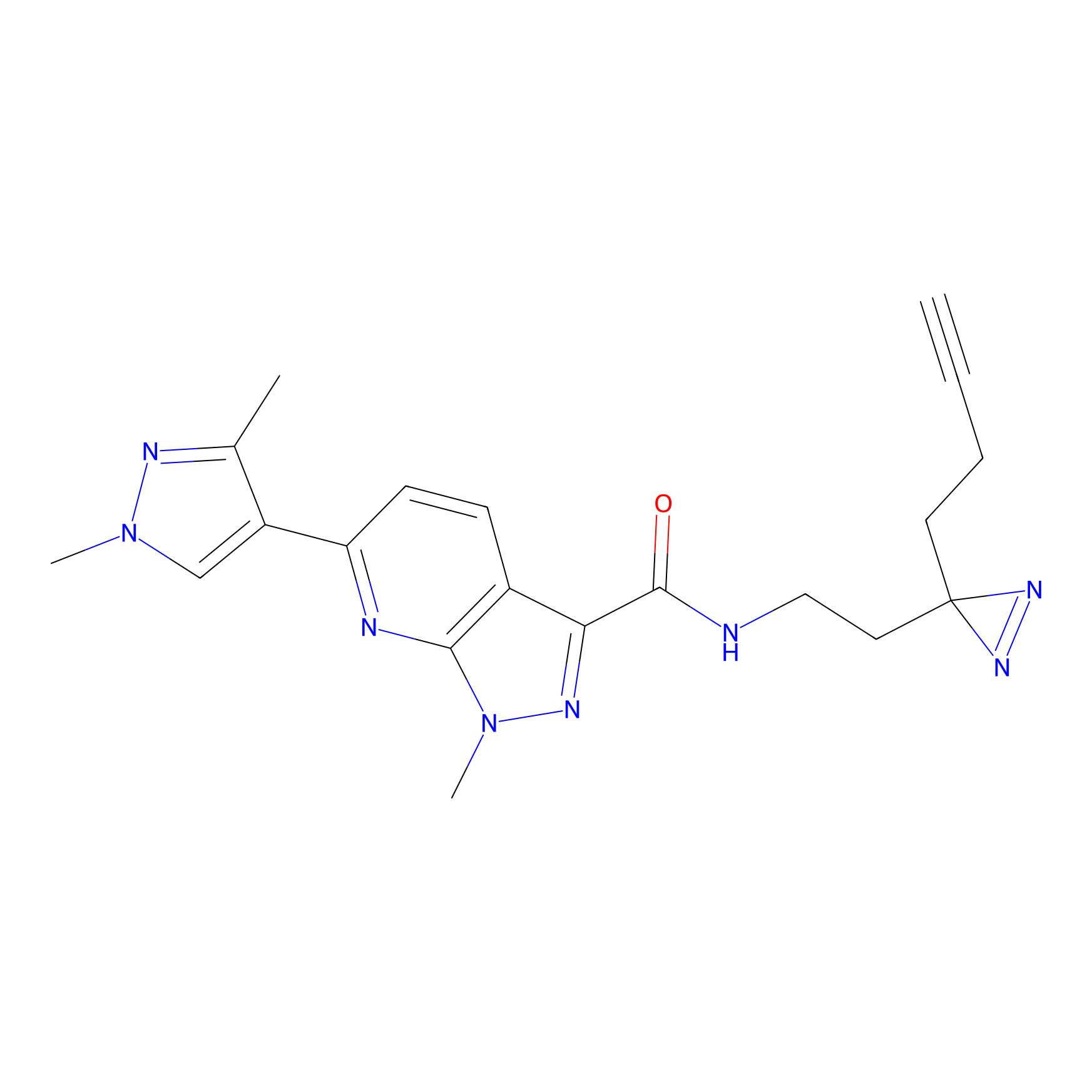 |
8.22 | LDD1779 | [5] | |
|
C106 Probe Info |
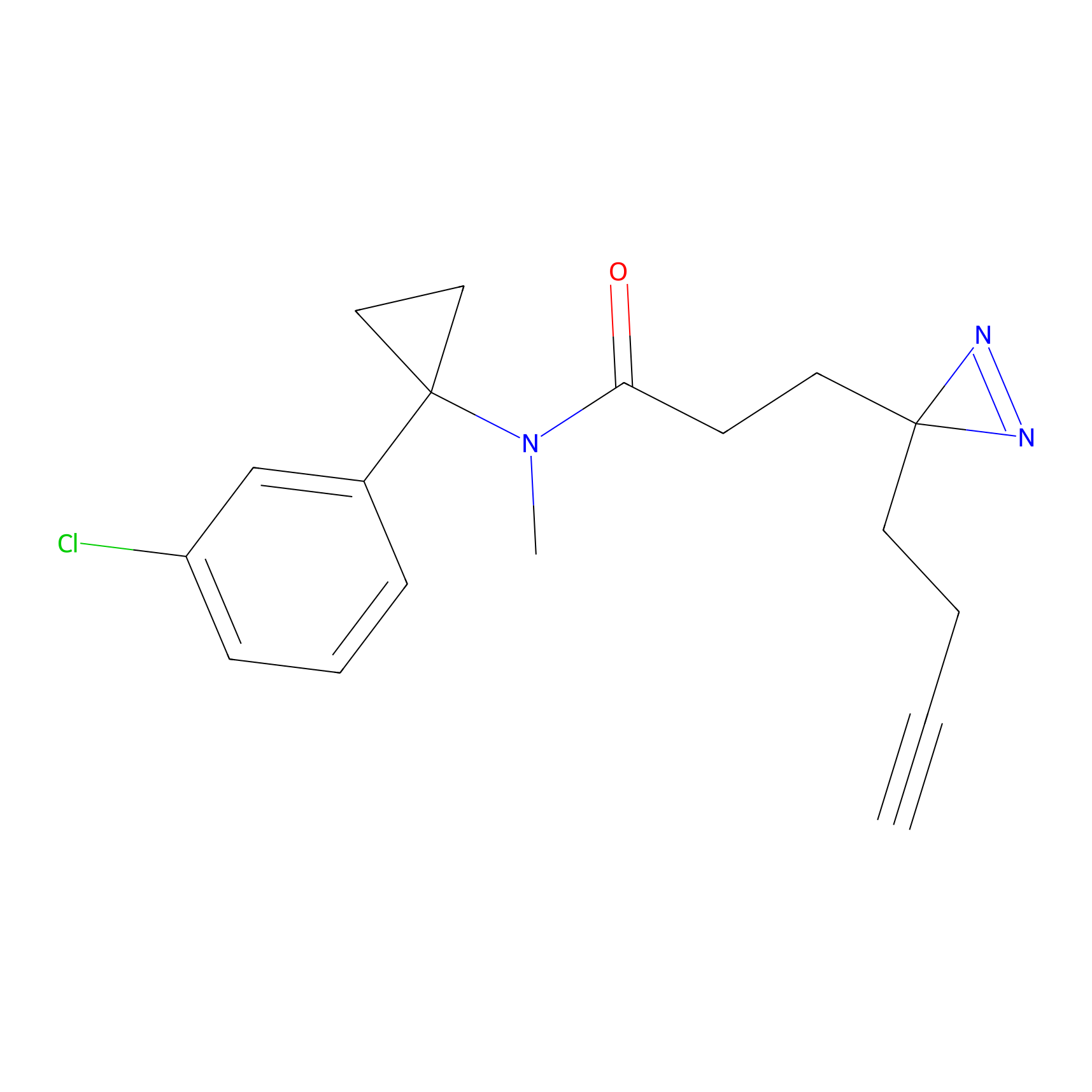 |
24.08 | LDD1793 | [5] | |
|
C112 Probe Info |
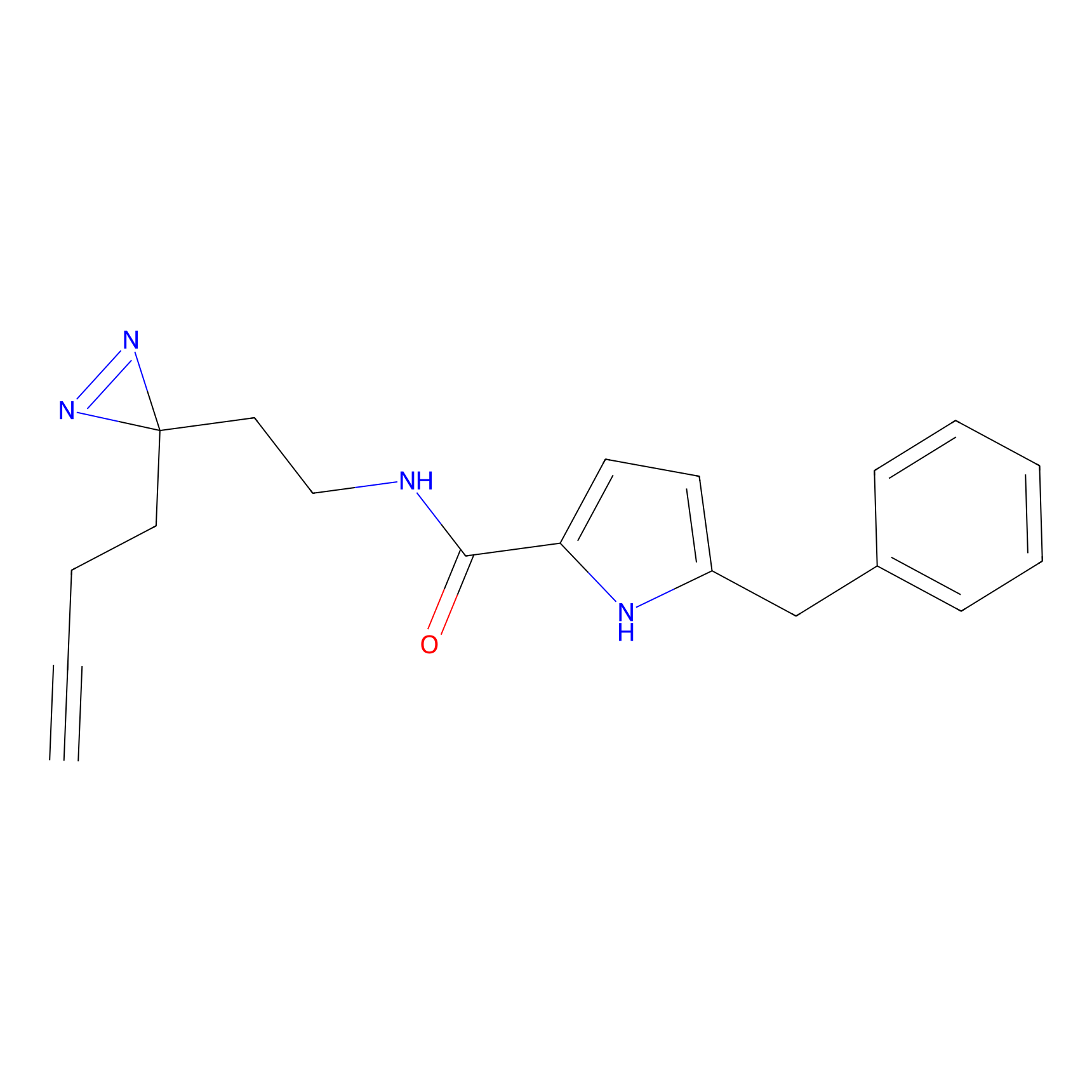 |
19.56 | LDD1799 | [5] | |
|
C178 Probe Info |
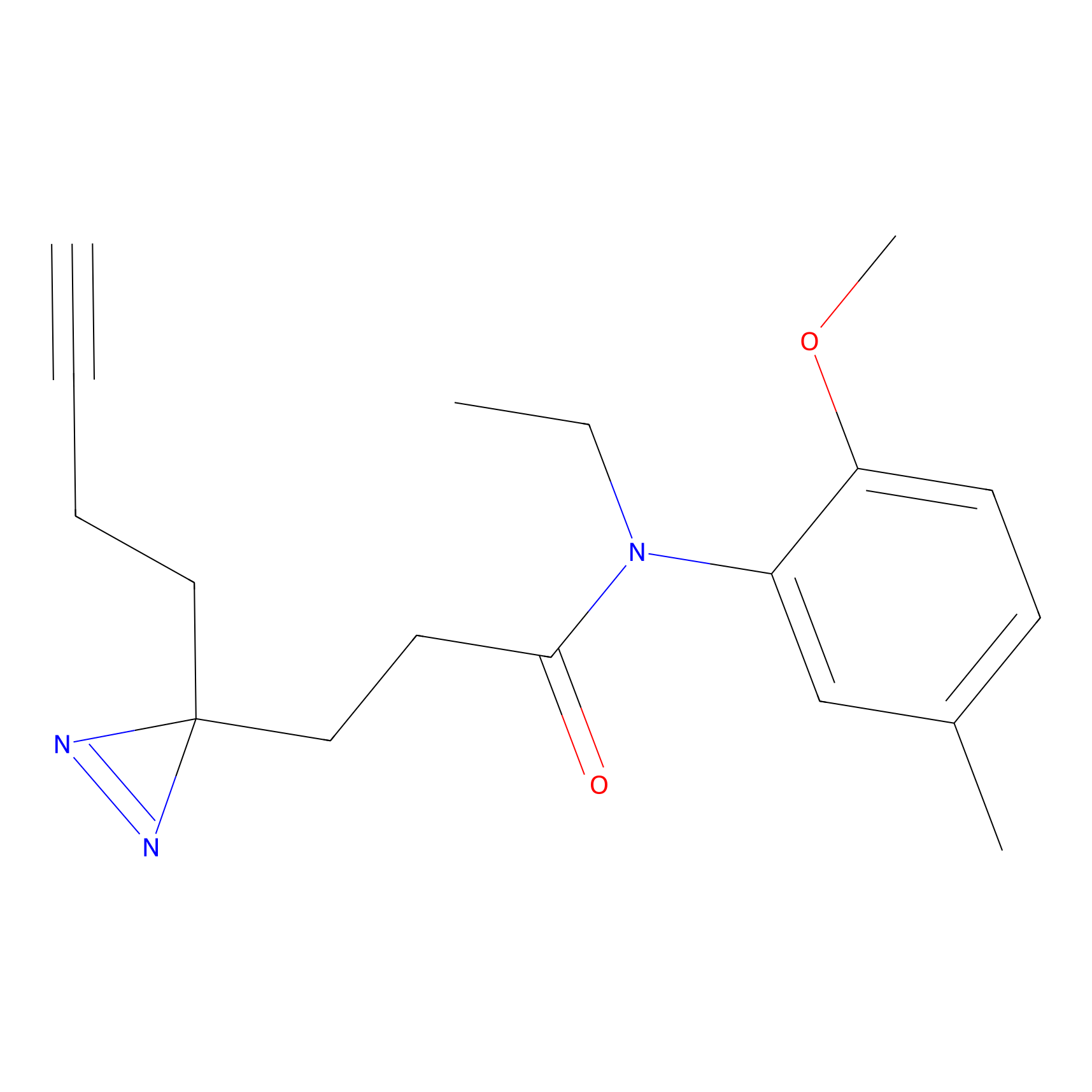 |
15.03 | LDD1857 | [5] | |
|
C228 Probe Info |
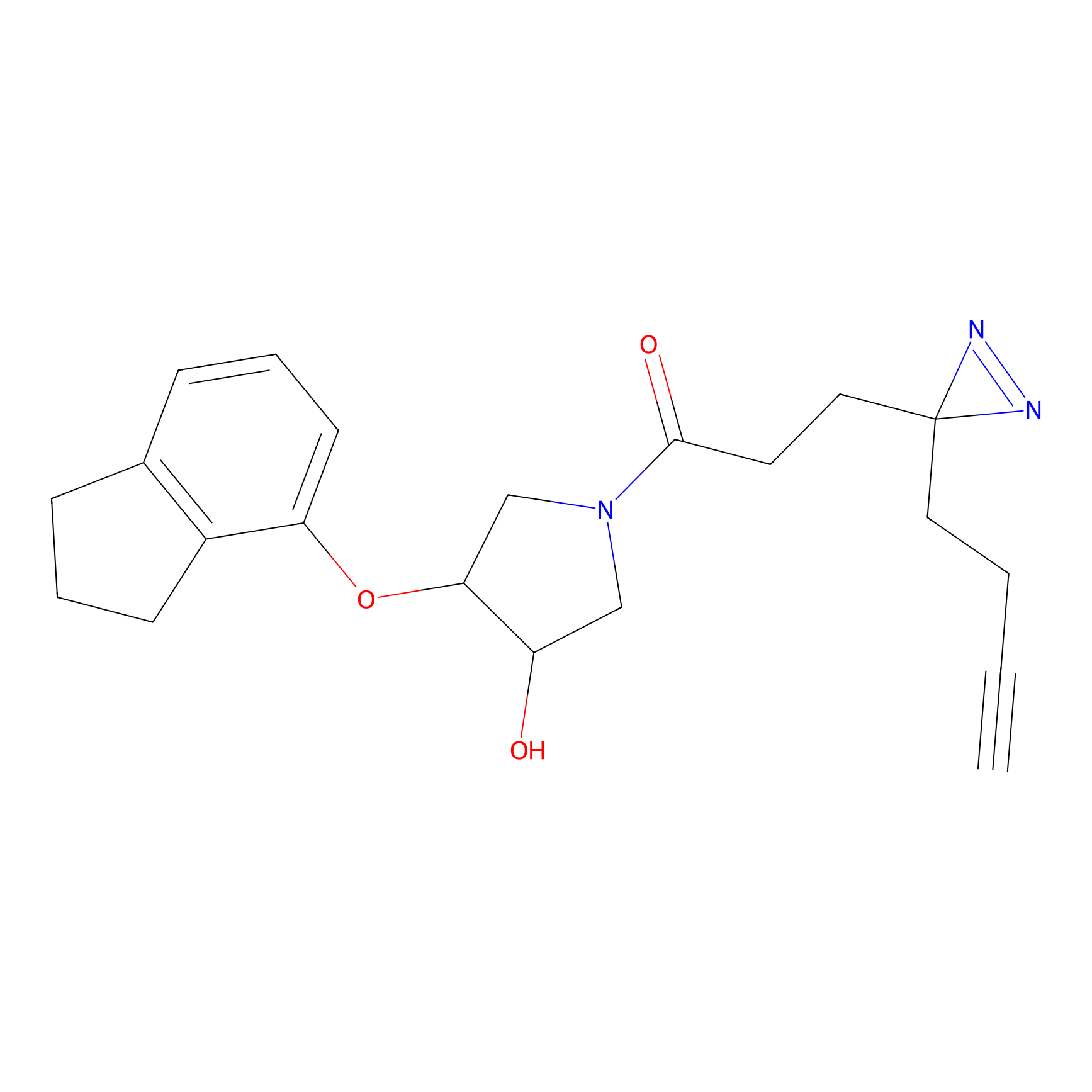 |
16.00 | LDD1901 | [5] | |
|
C231 Probe Info |
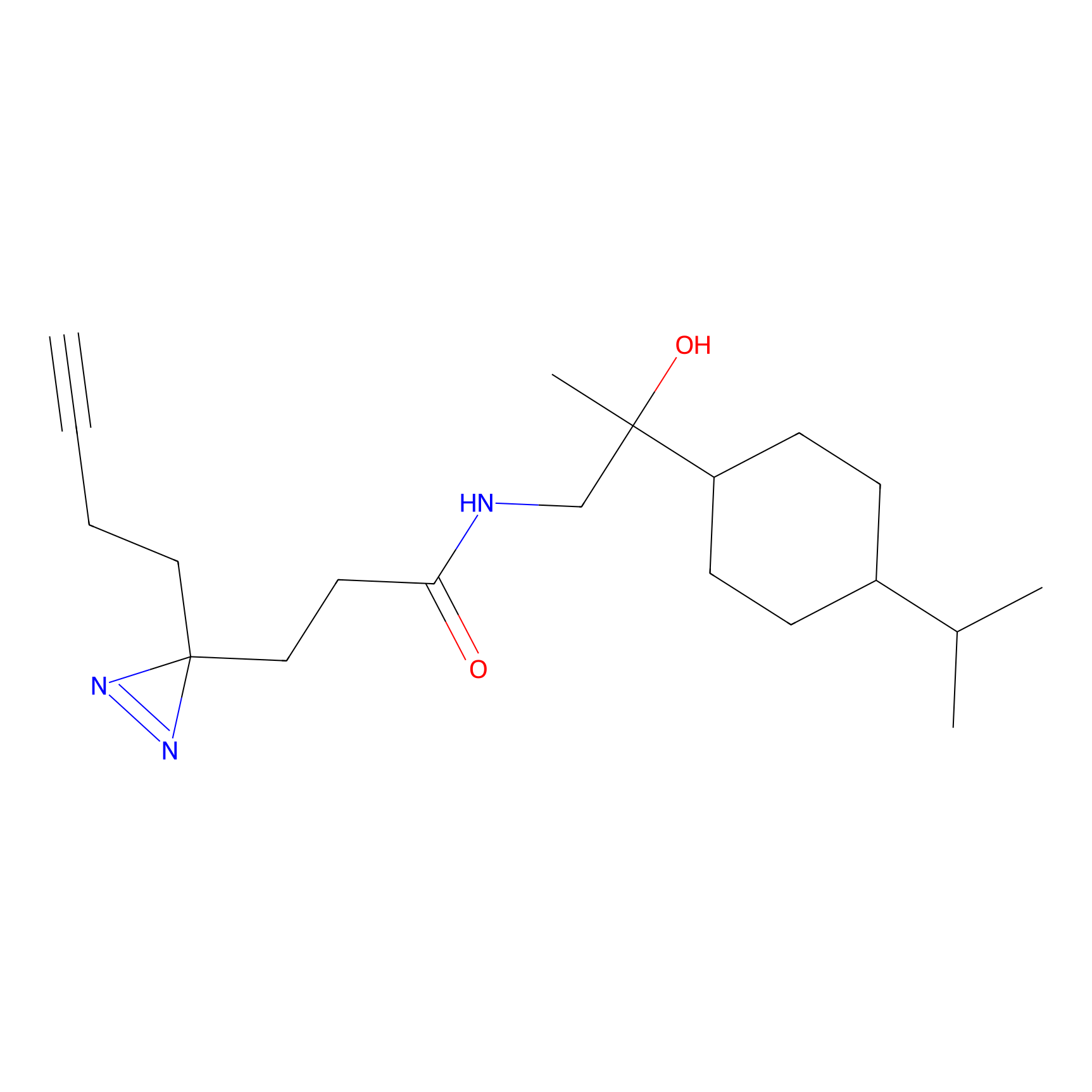 |
13.09 | LDD1904 | [5] | |
|
C232 Probe Info |
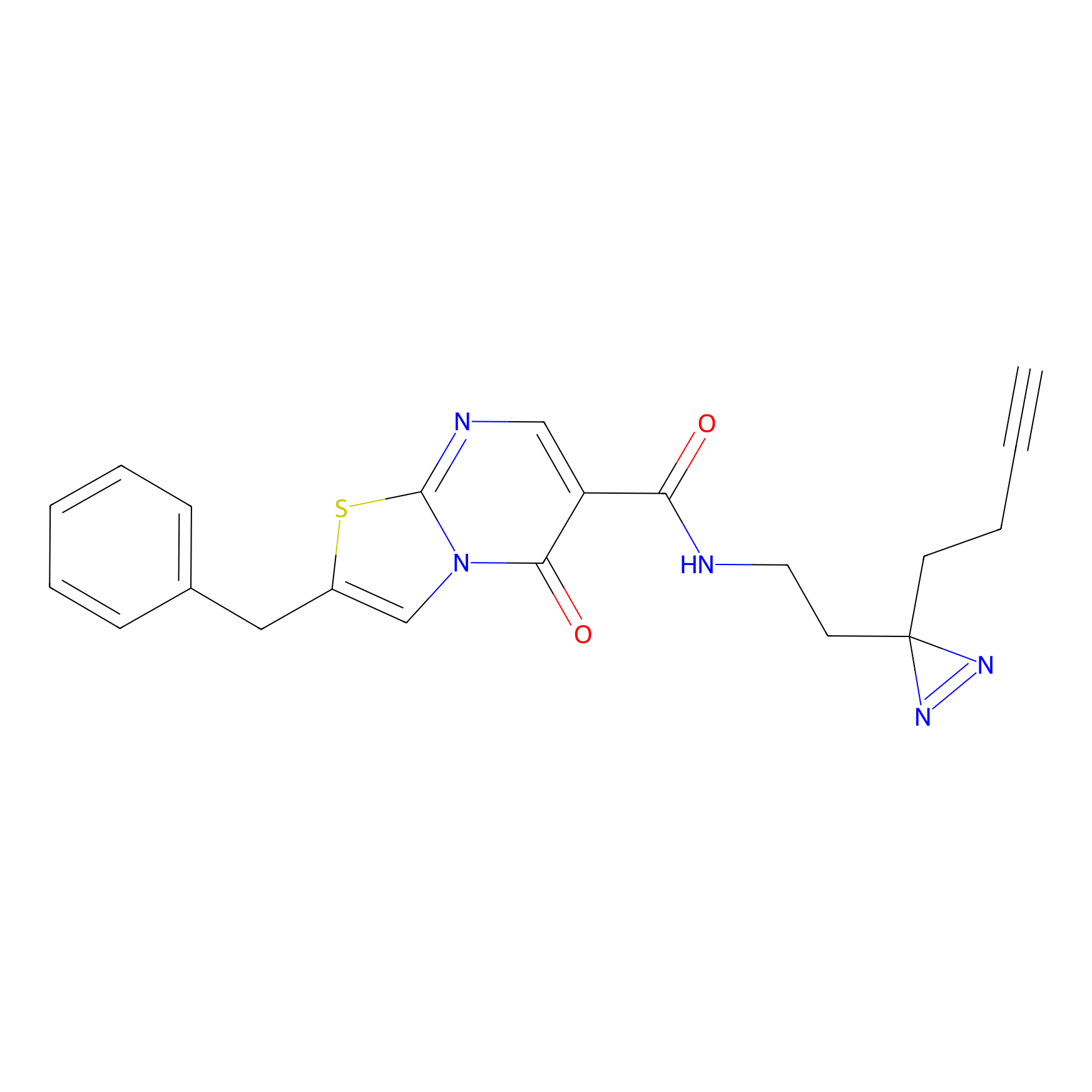 |
36.50 | LDD1905 | [5] | |
|
C289 Probe Info |
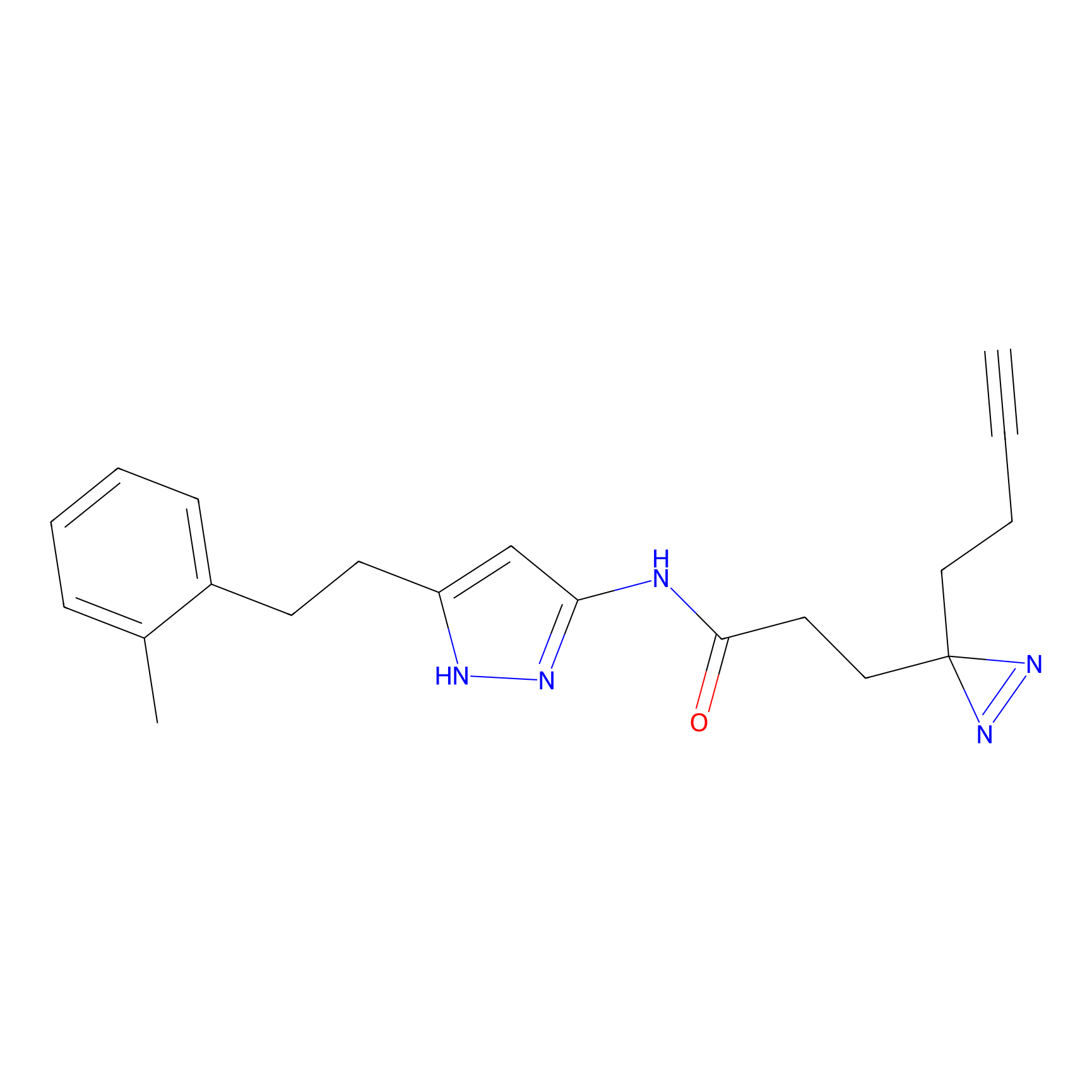 |
30.06 | LDD1959 | [5] | |
|
C293 Probe Info |
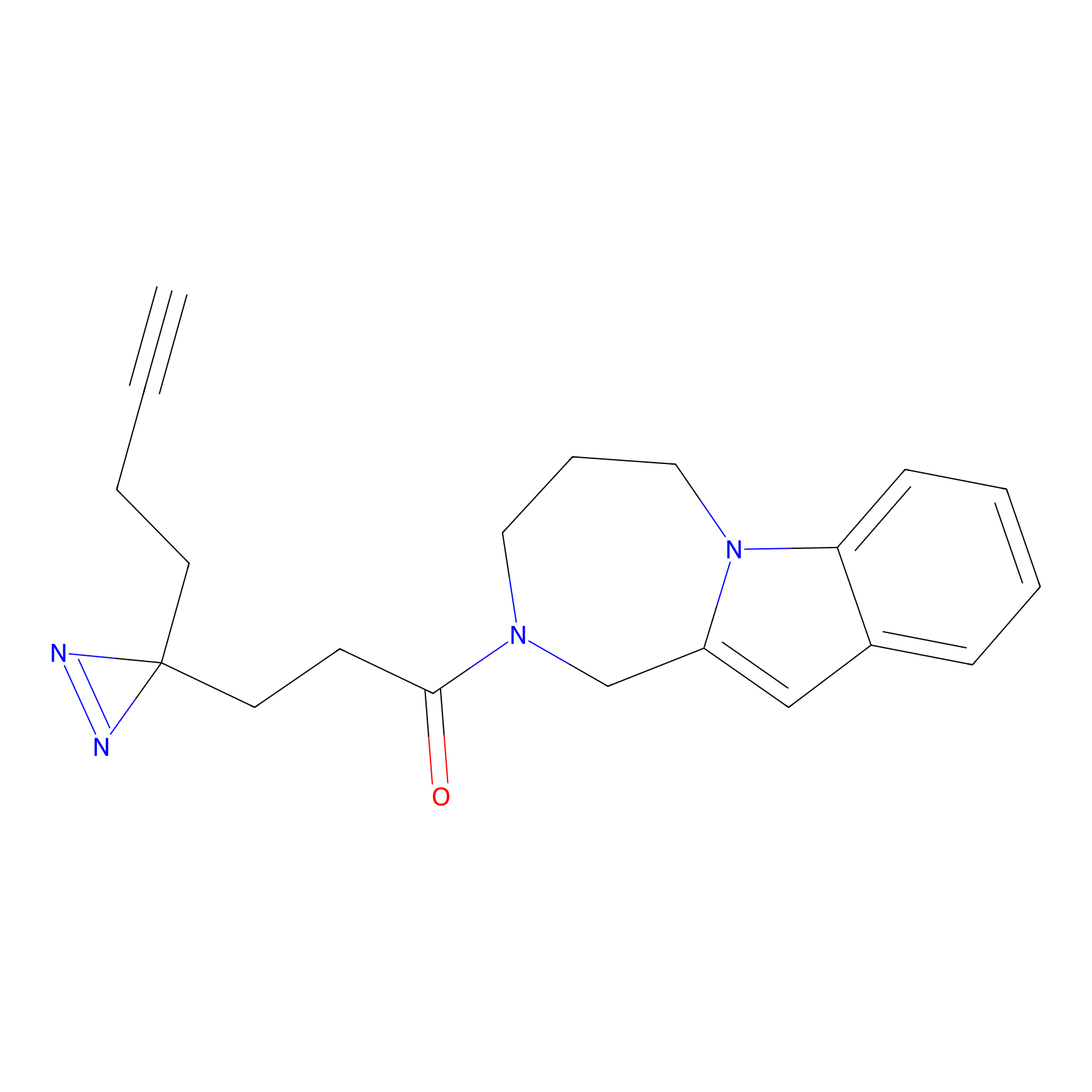 |
17.03 | LDD1963 | [5] | |
|
C296 Probe Info |
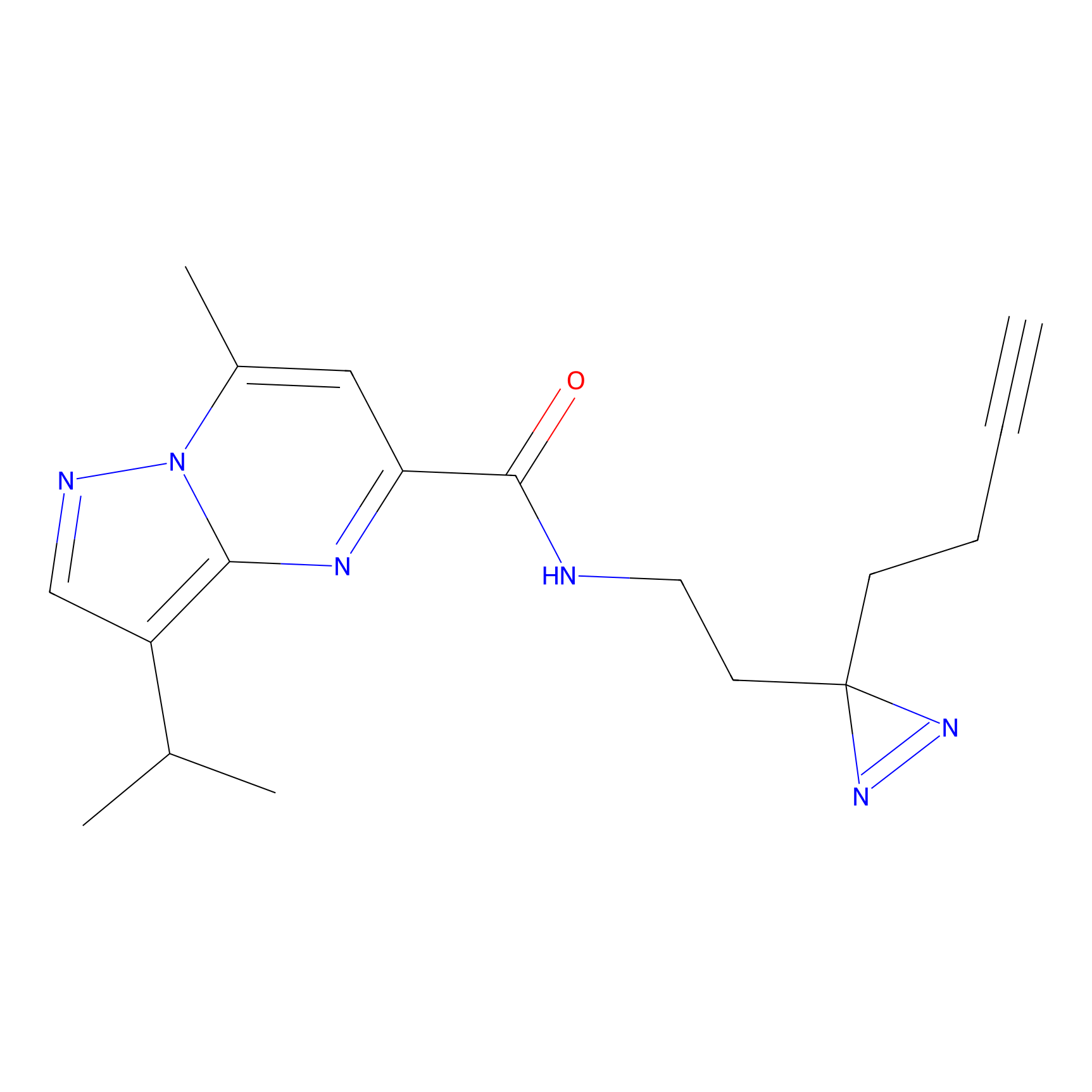 |
11.88 | LDD1966 | [5] | |
|
C310 Probe Info |
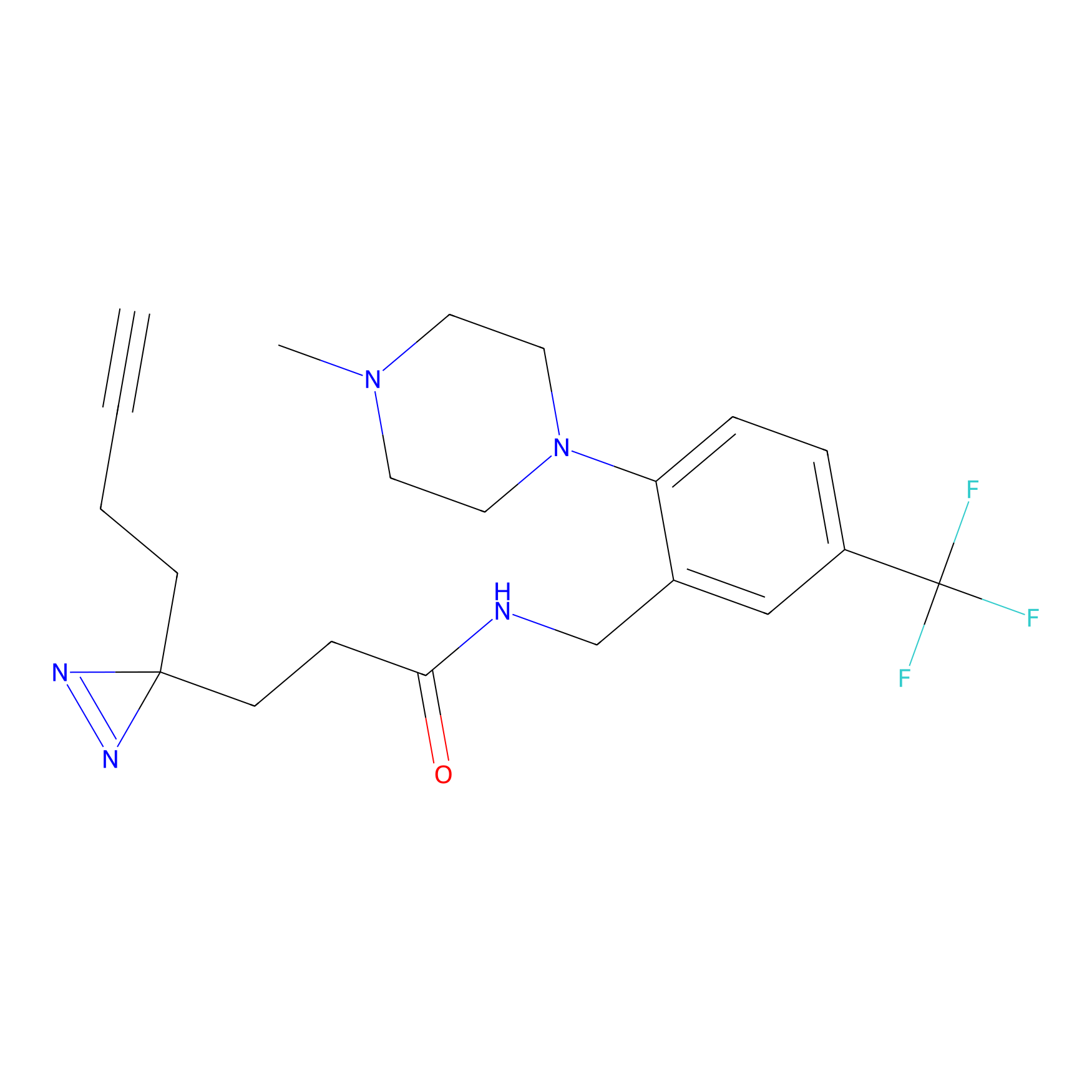 |
8.51 | LDD1977 | [5] | |
|
C313 Probe Info |
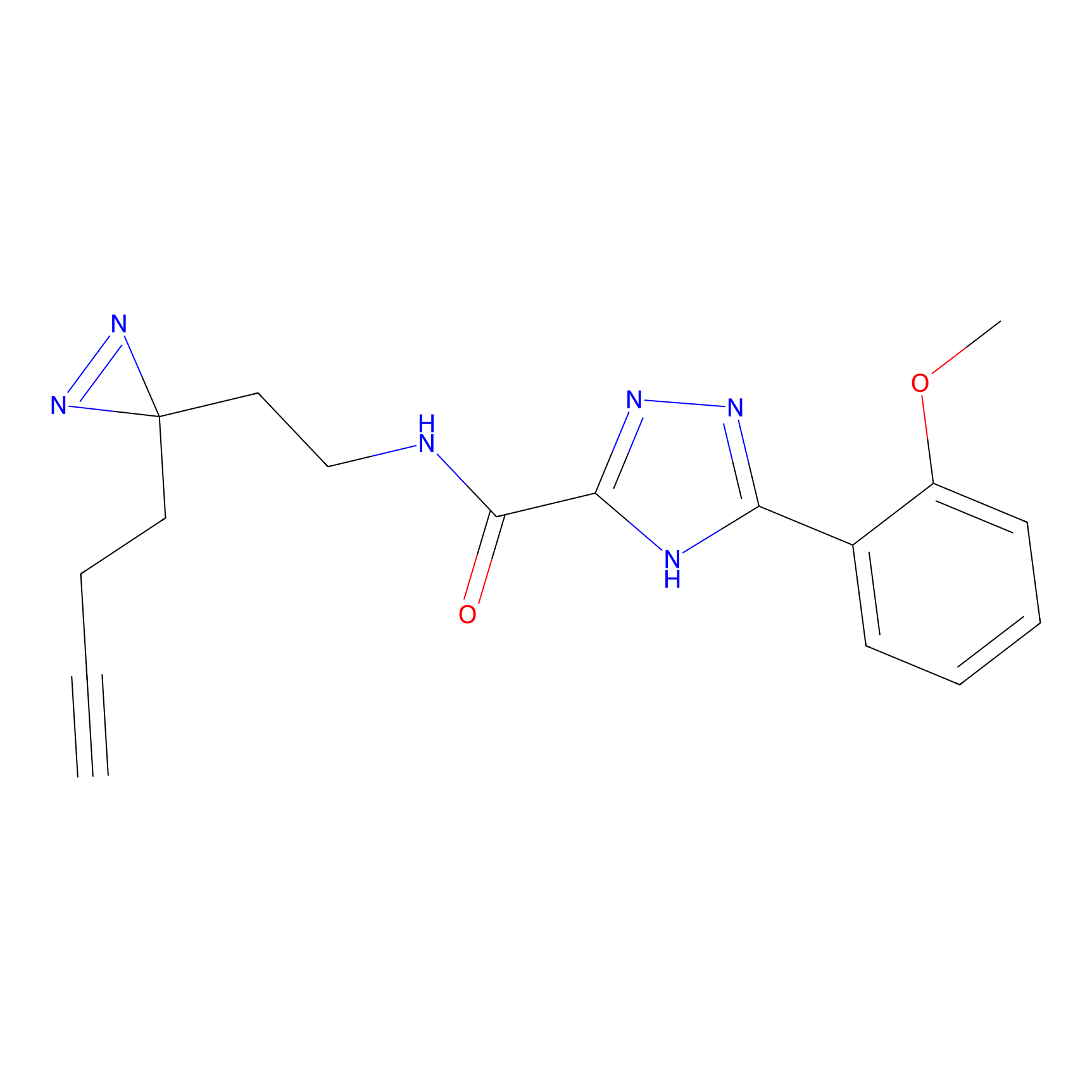 |
12.47 | LDD1980 | [5] | |
|
C314 Probe Info |
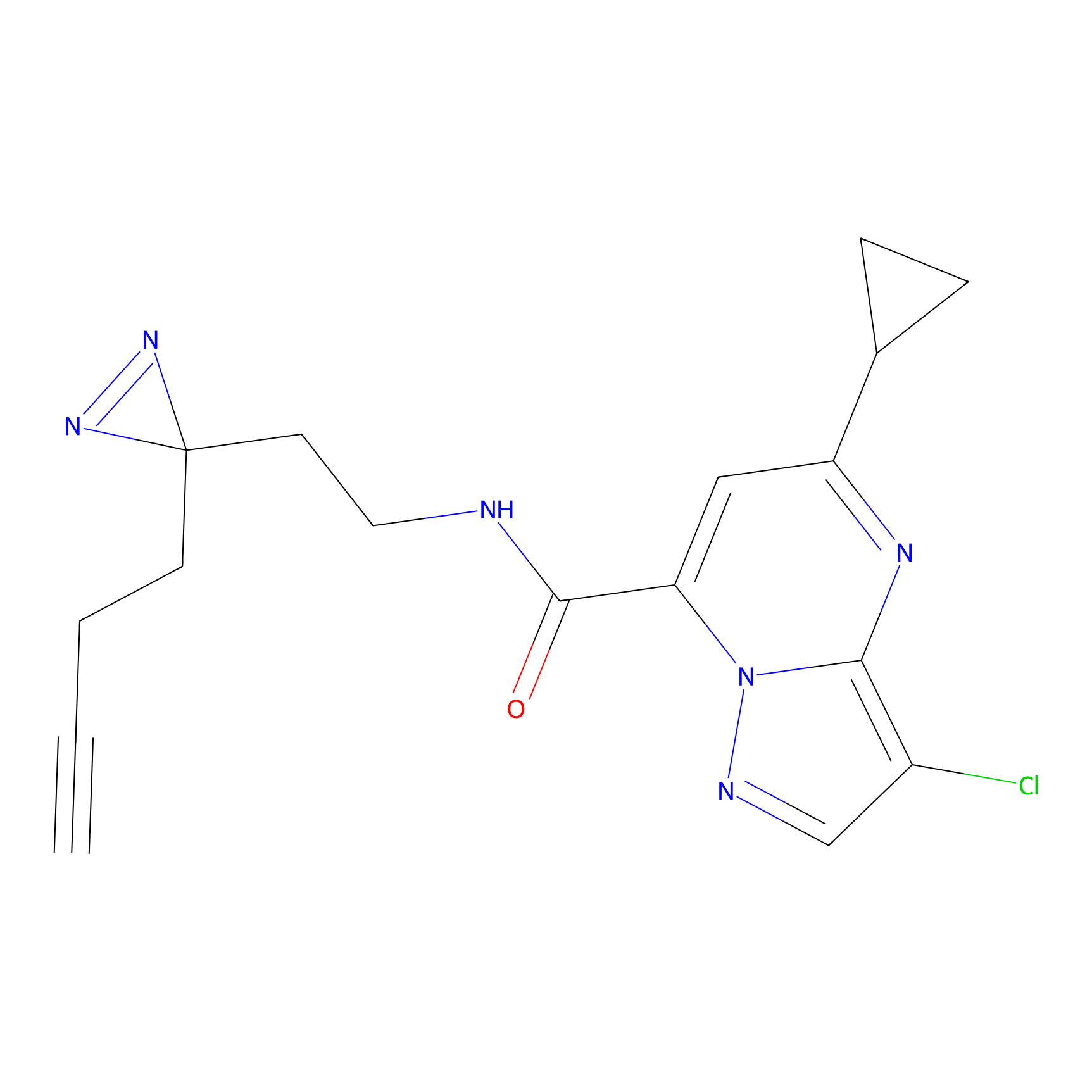 |
11.88 | LDD1981 | [5] | |
|
C338 Probe Info |
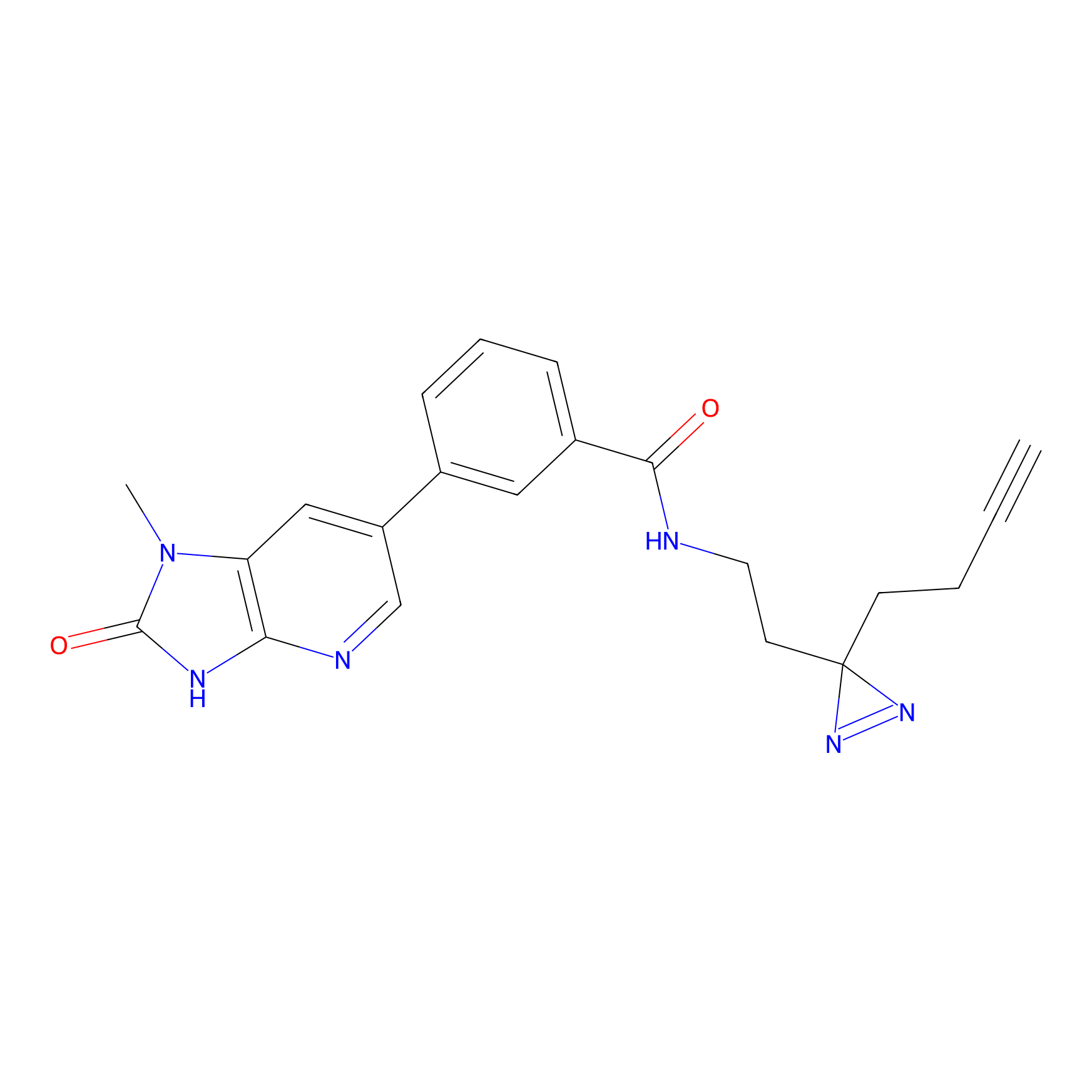 |
10.20 | LDD2001 | [5] | |
|
C350 Probe Info |
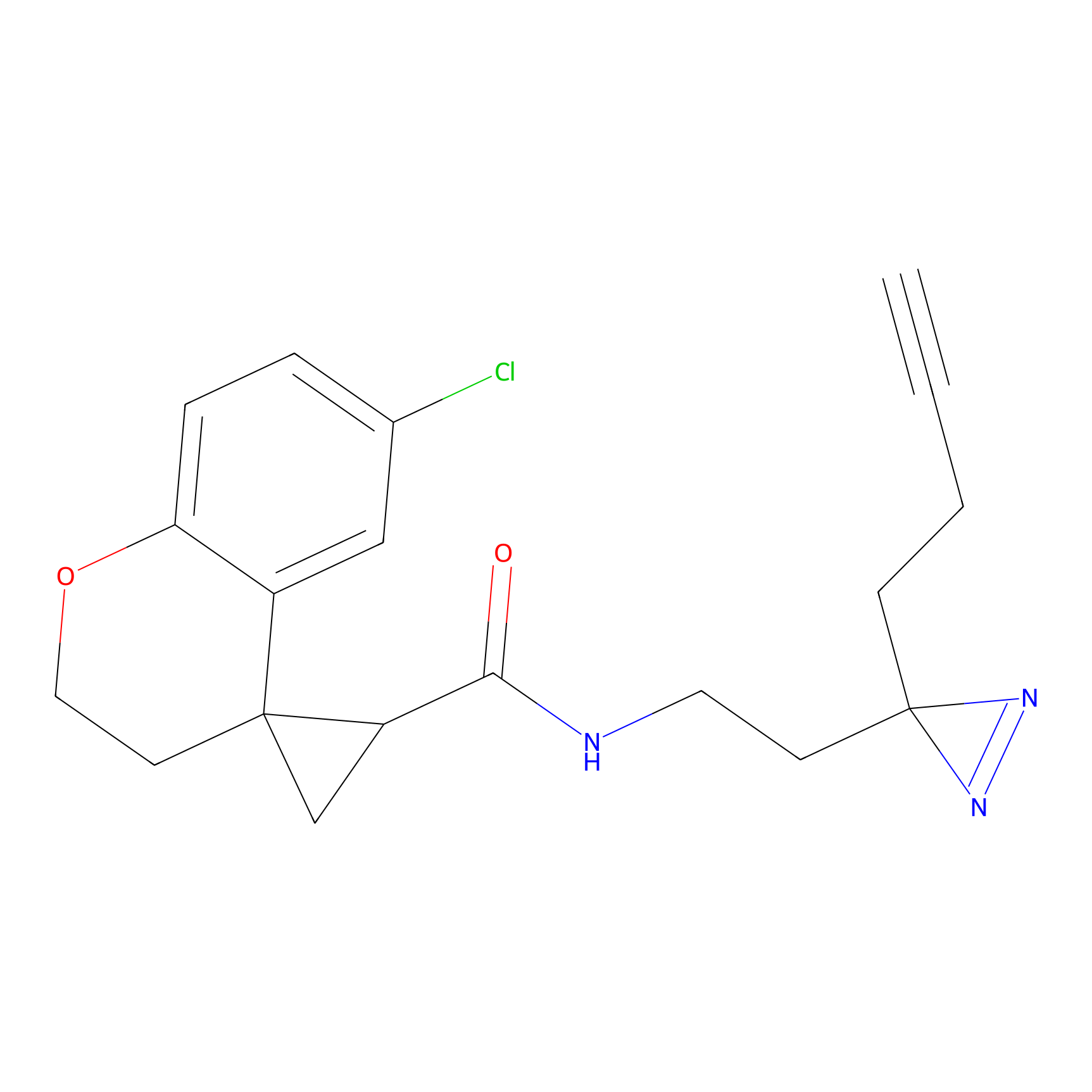 |
23.75 | LDD2011 | [5] | |
|
C362 Probe Info |
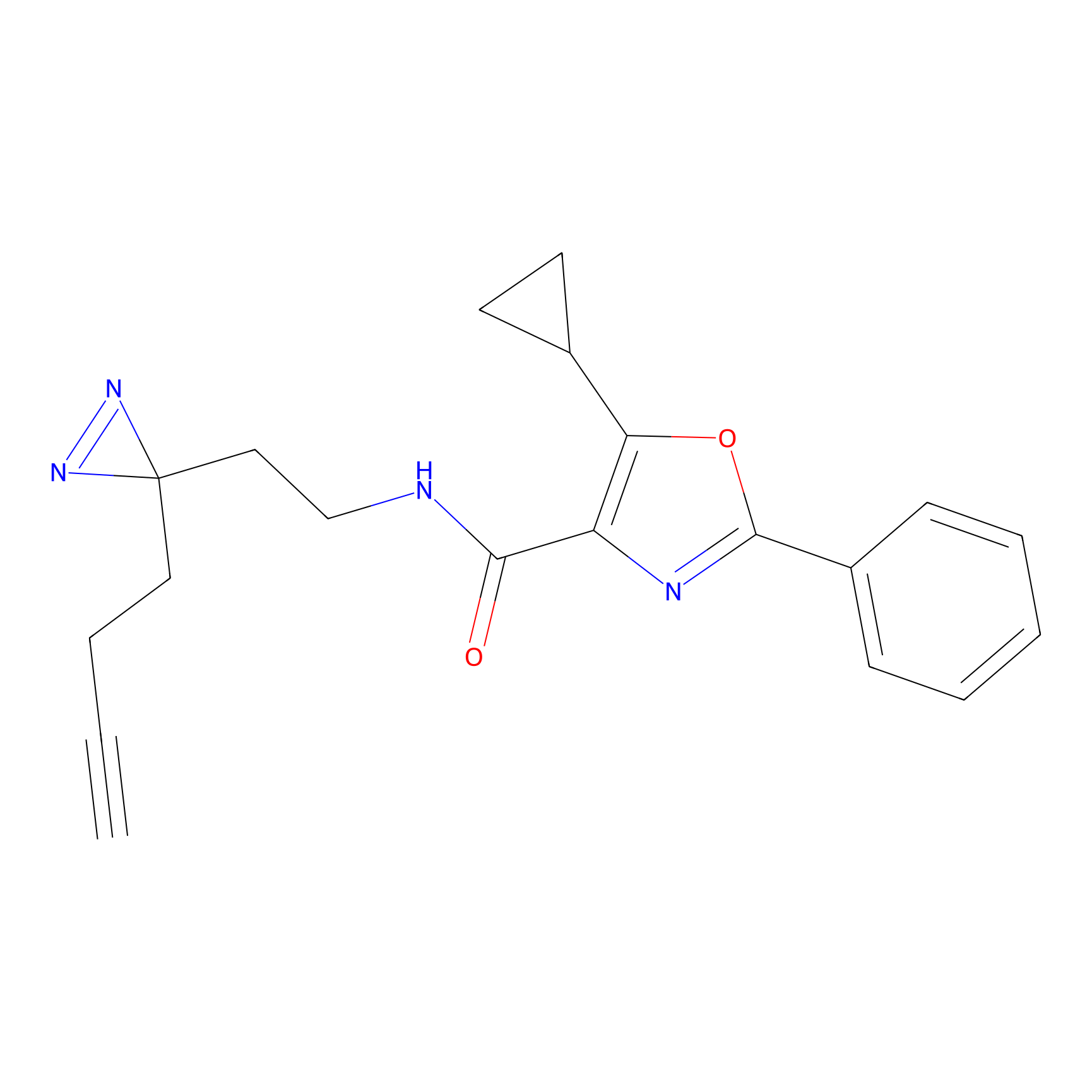 |
59.30 | LDD2023 | [5] | |
|
C363 Probe Info |
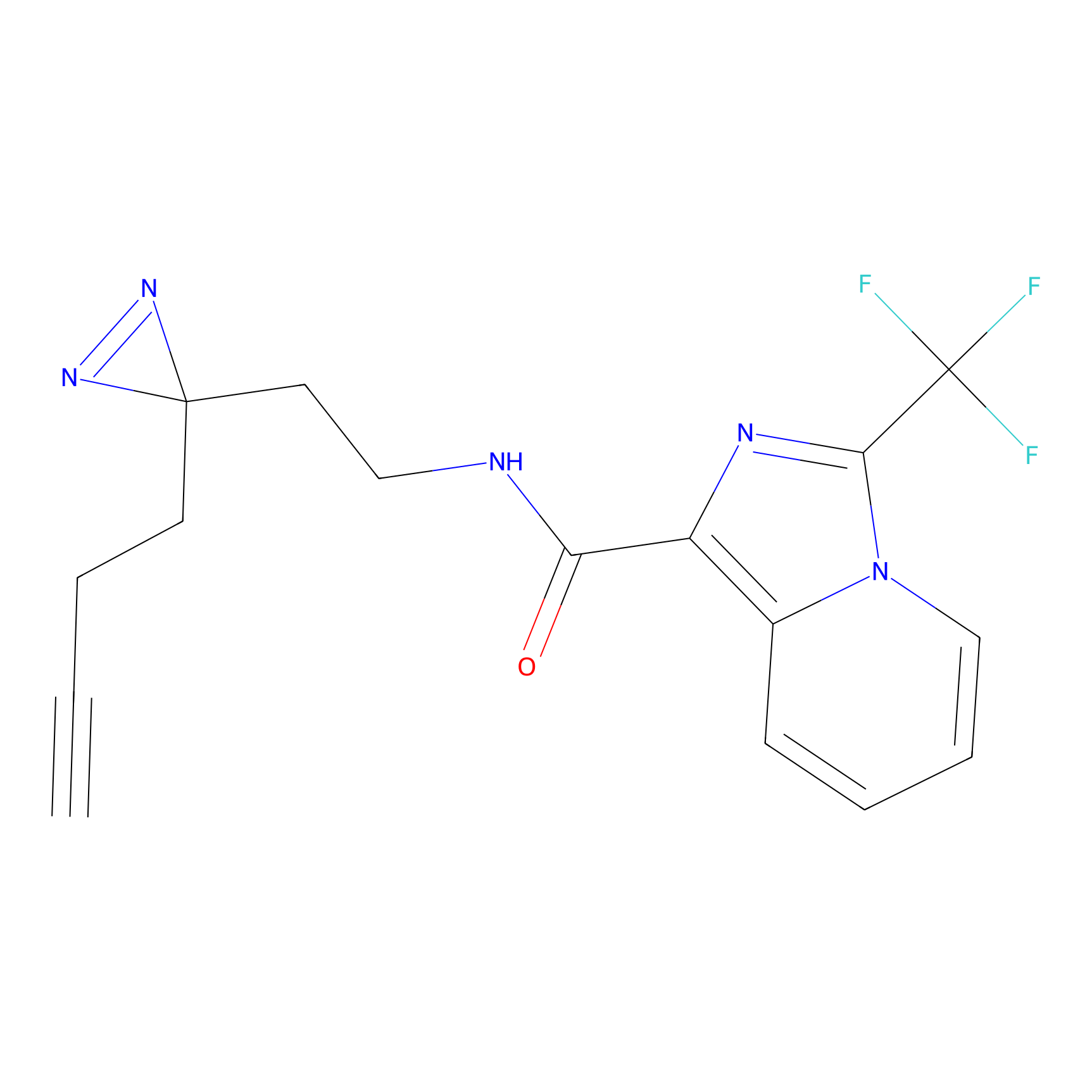 |
27.28 | LDD2024 | [5] | |
|
C364 Probe Info |
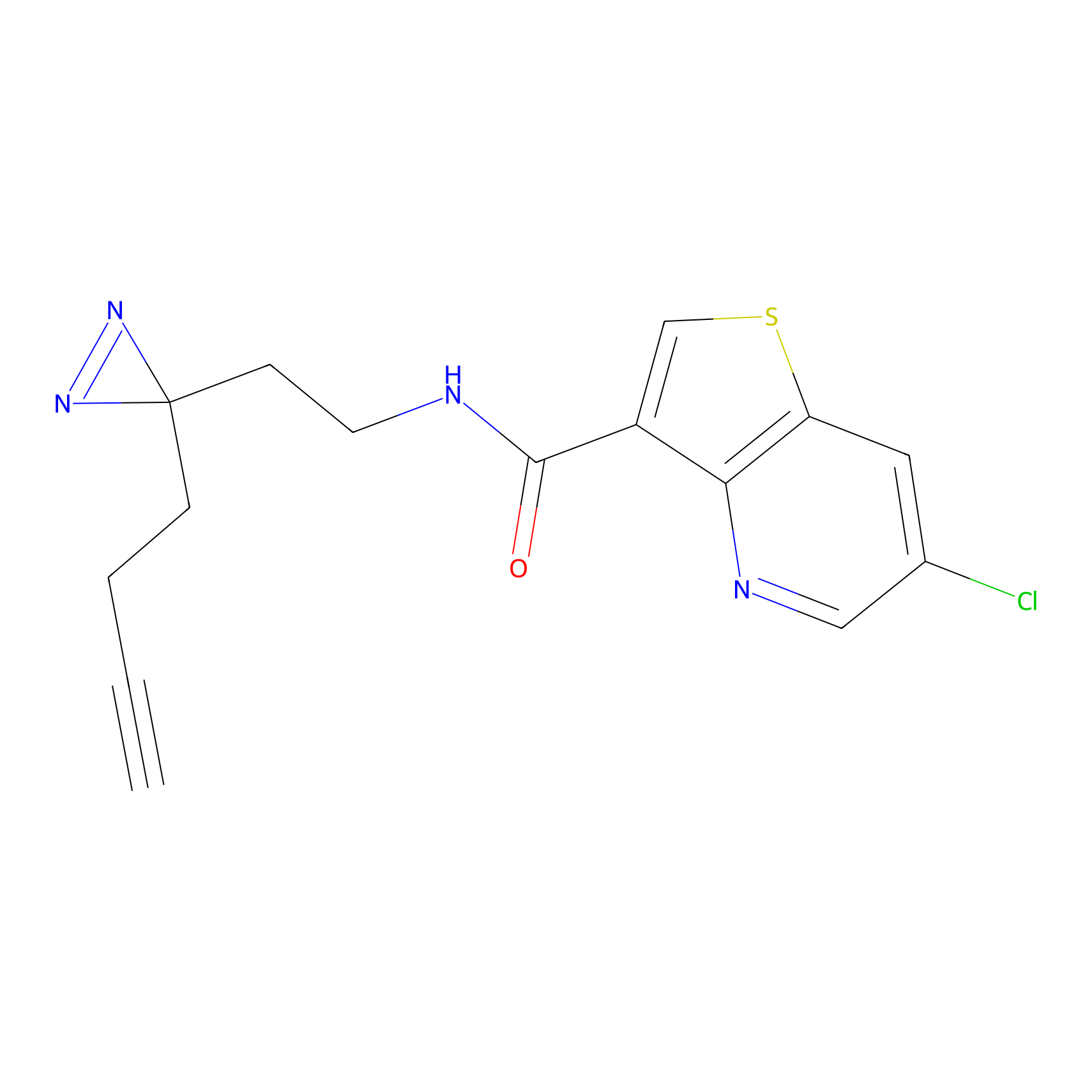 |
24.59 | LDD2025 | [5] | |
|
C366 Probe Info |
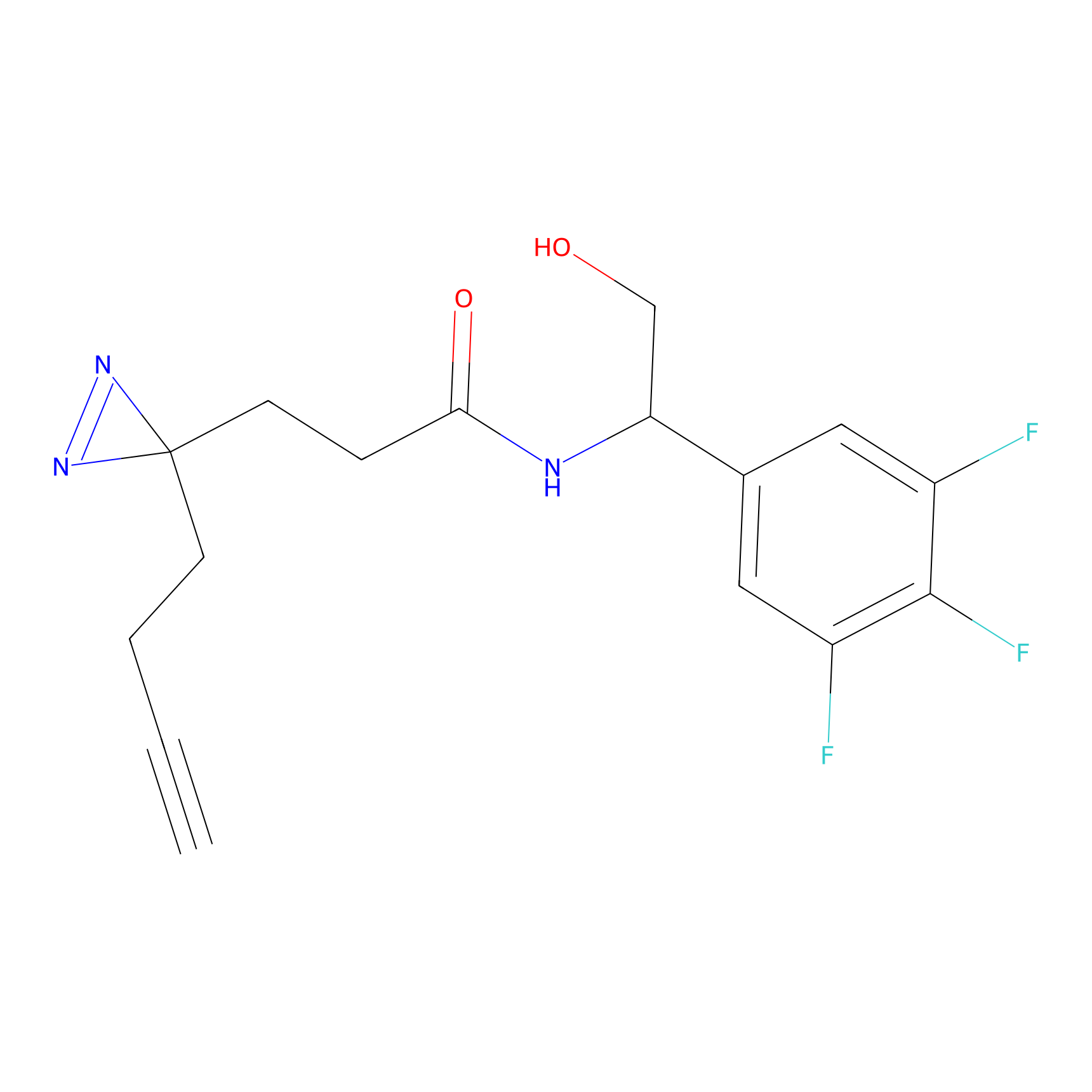 |
6.59 | LDD2027 | [5] | |
|
C367 Probe Info |
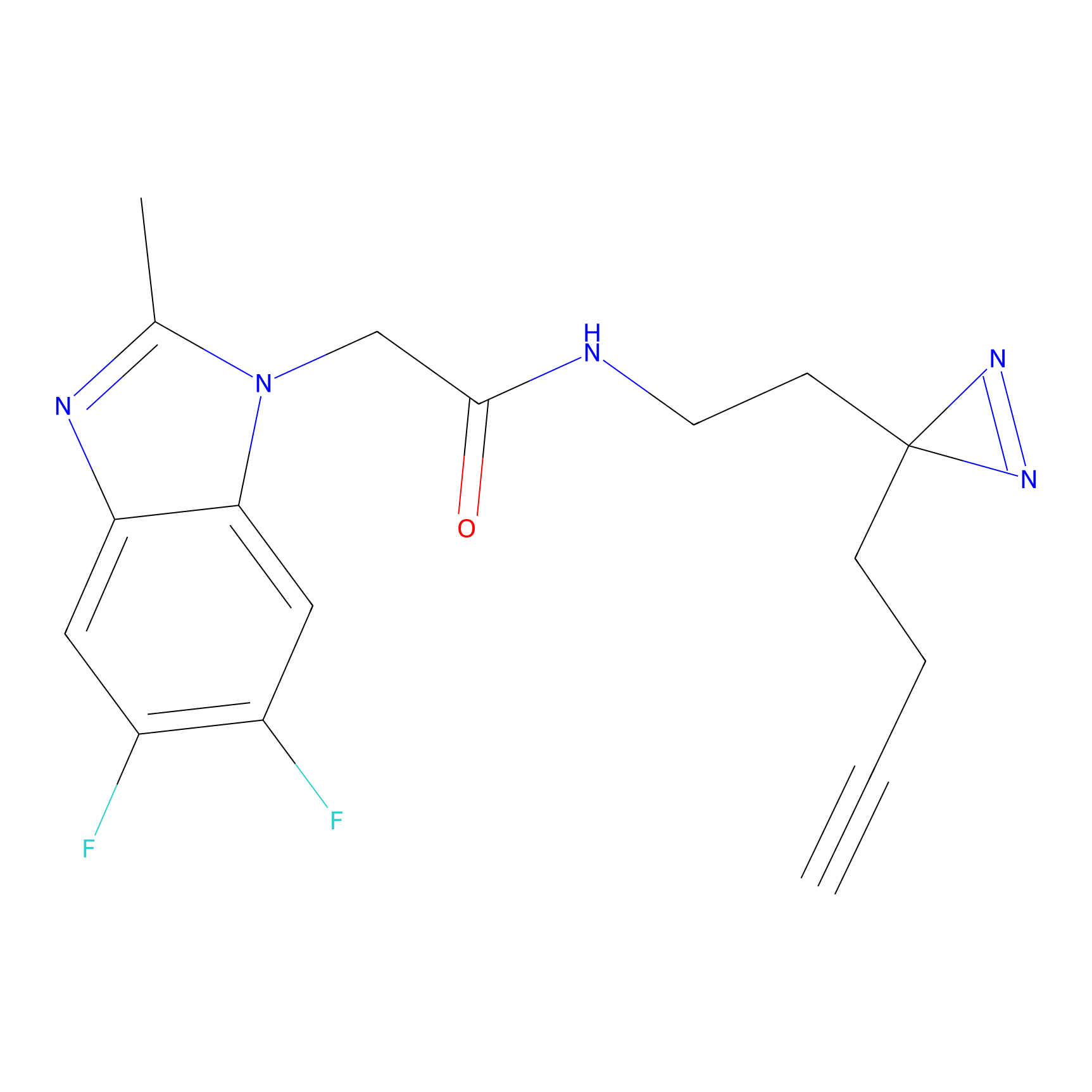 |
6.92 | LDD2028 | [5] | |
|
C388 Probe Info |
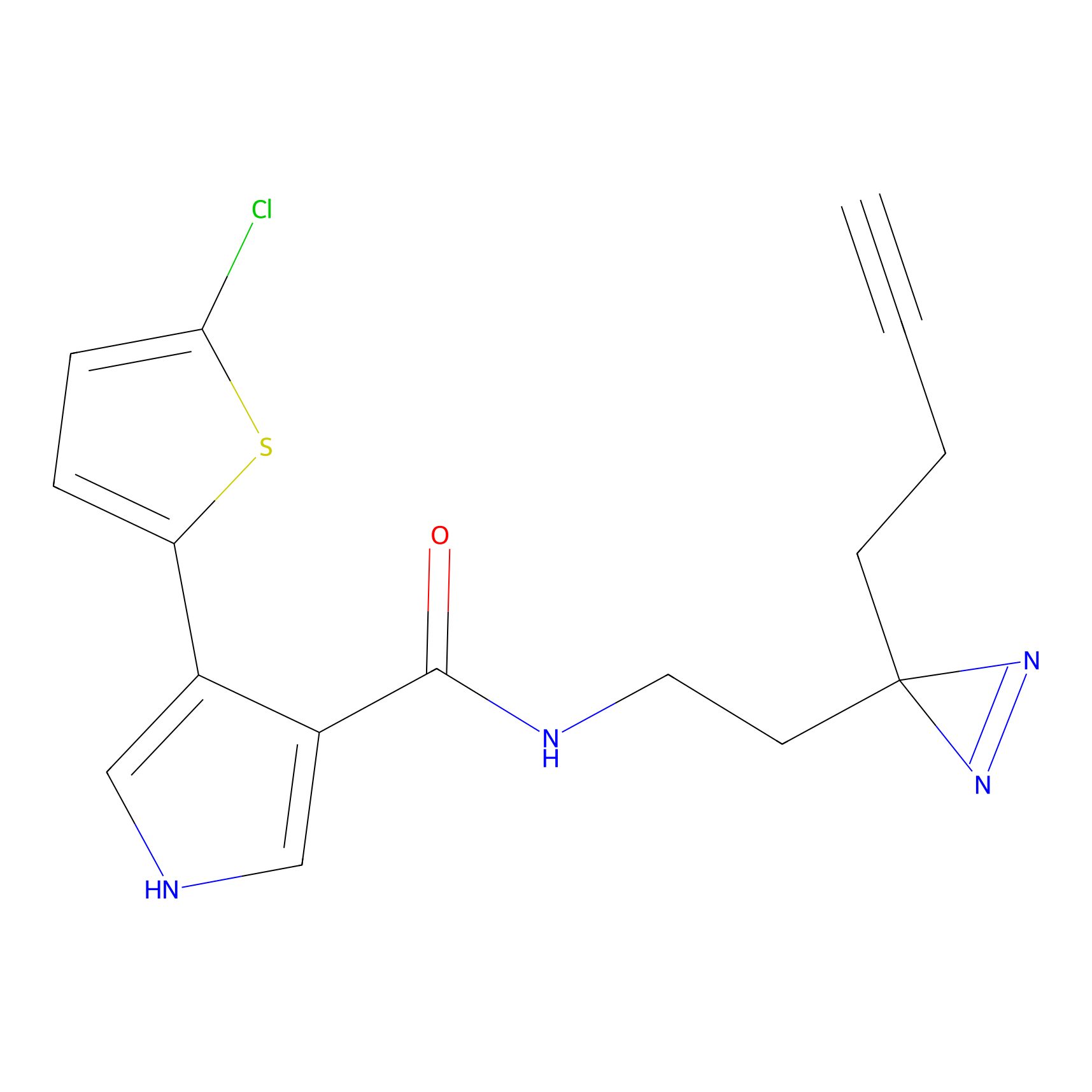 |
39.40 | LDD2047 | [5] | |
|
C429 Probe Info |
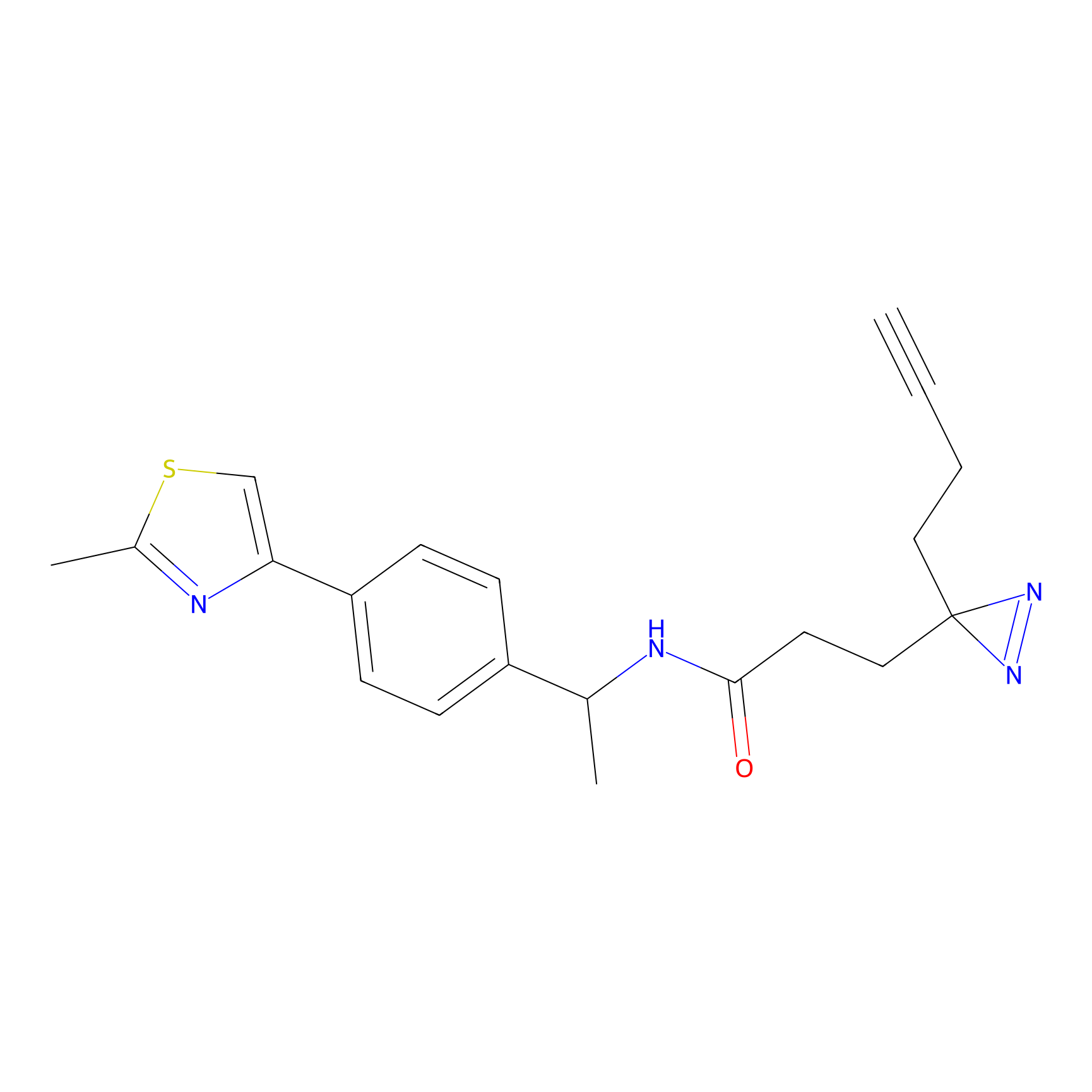 |
11.55 | LDD2084 | [5] | |
|
C430 Probe Info |
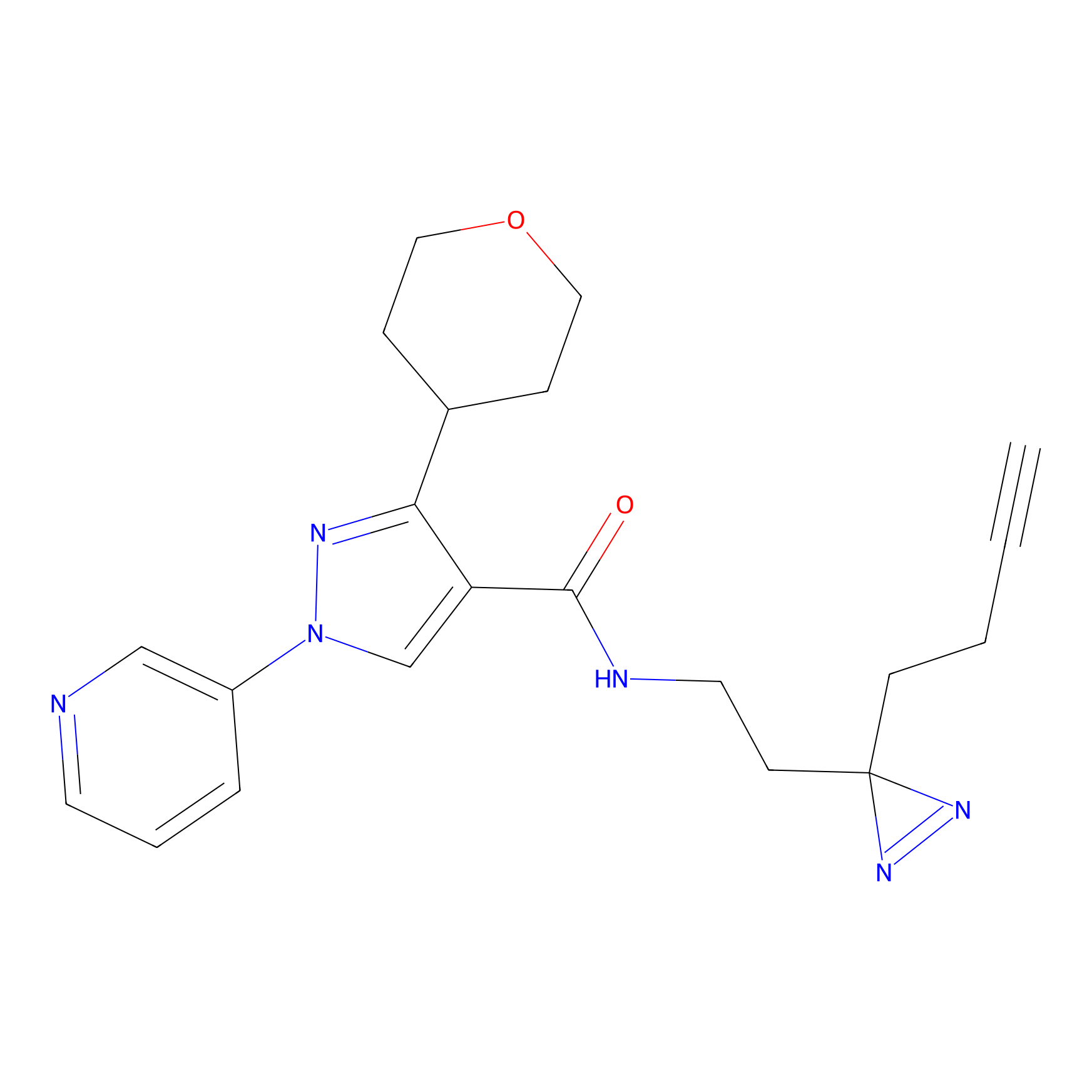 |
5.03 | LDD2085 | [5] | |
|
C431 Probe Info |
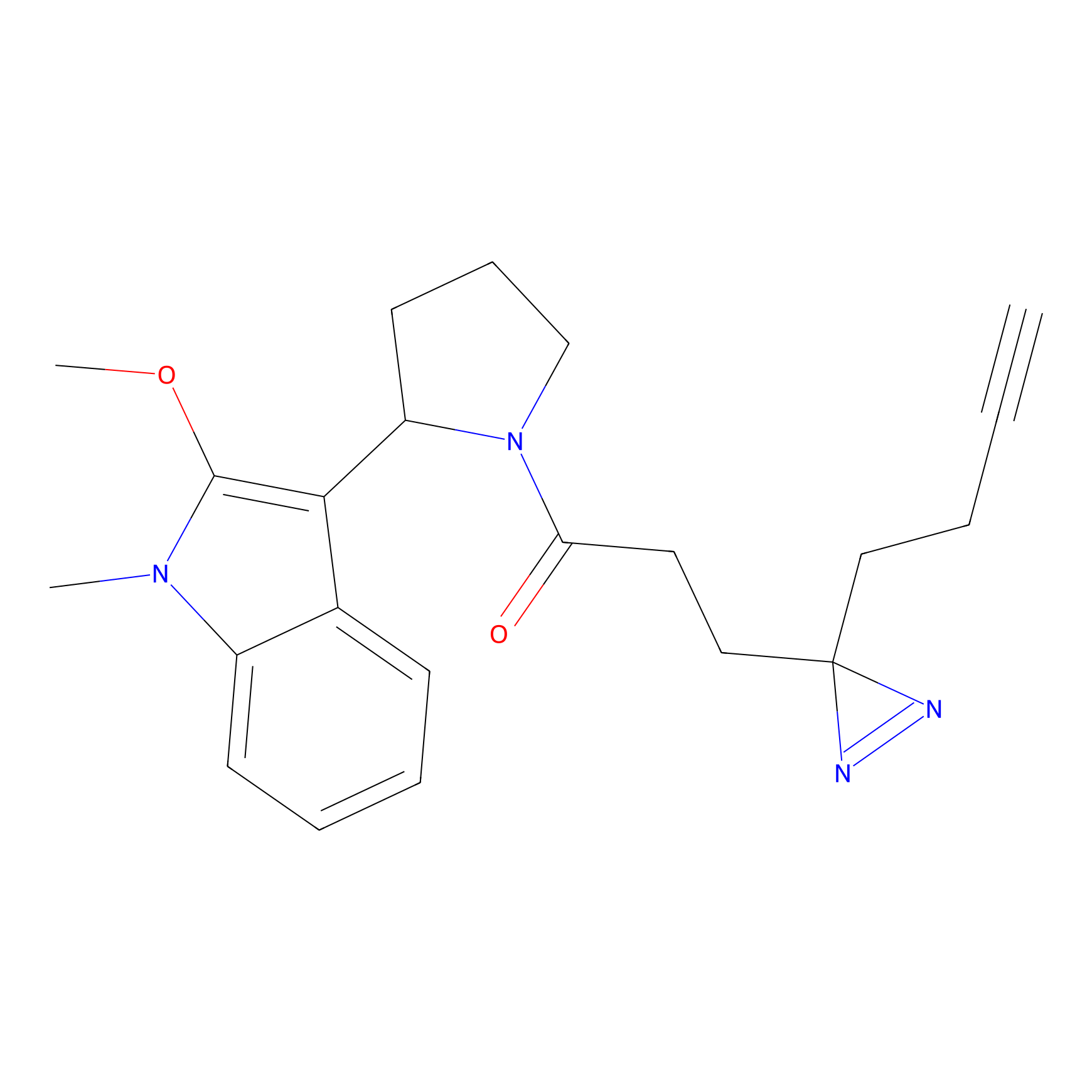 |
16.22 | LDD2086 | [5] | |
|
C433 Probe Info |
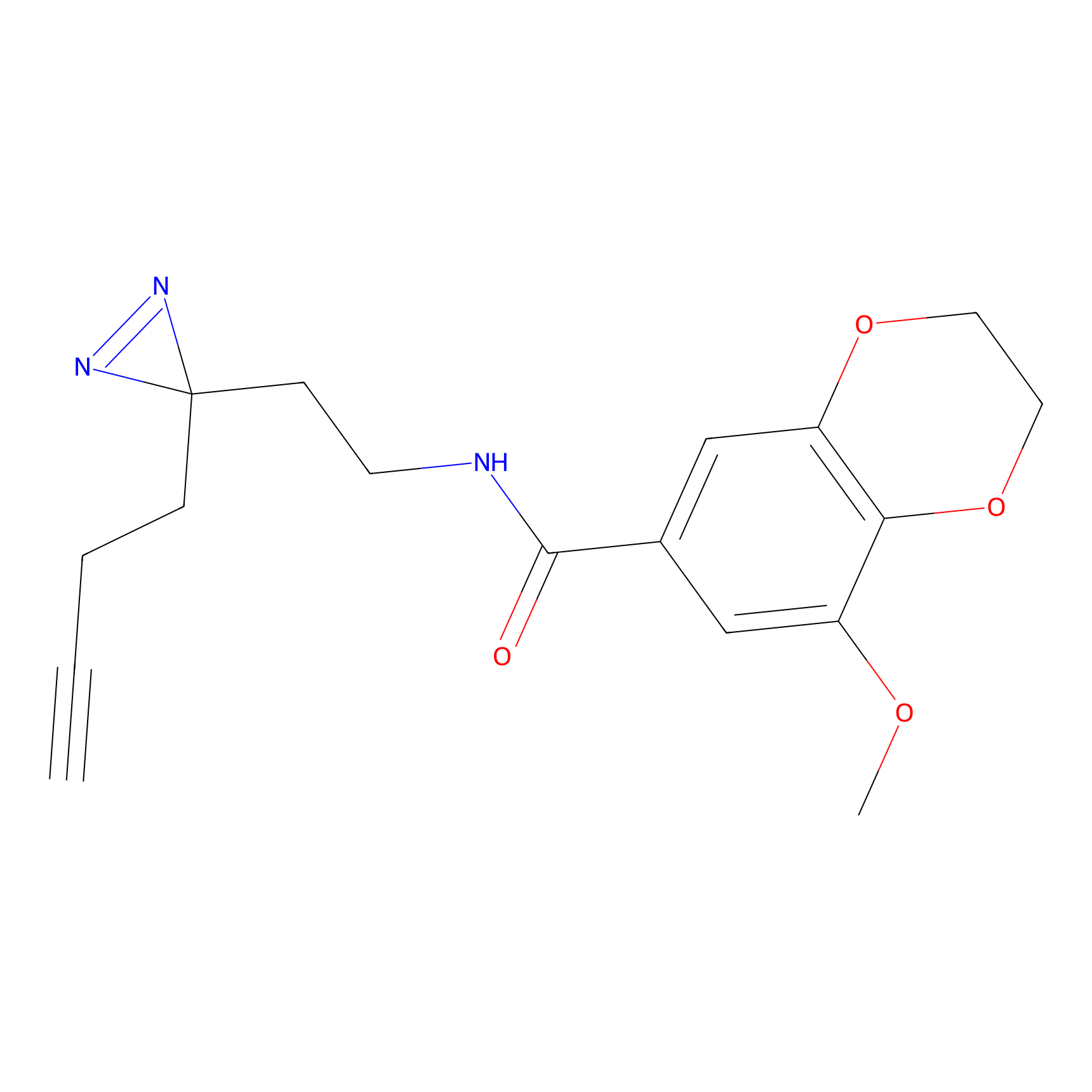 |
5.66 | LDD2088 | [5] | |
|
FFF probe13 Probe Info |
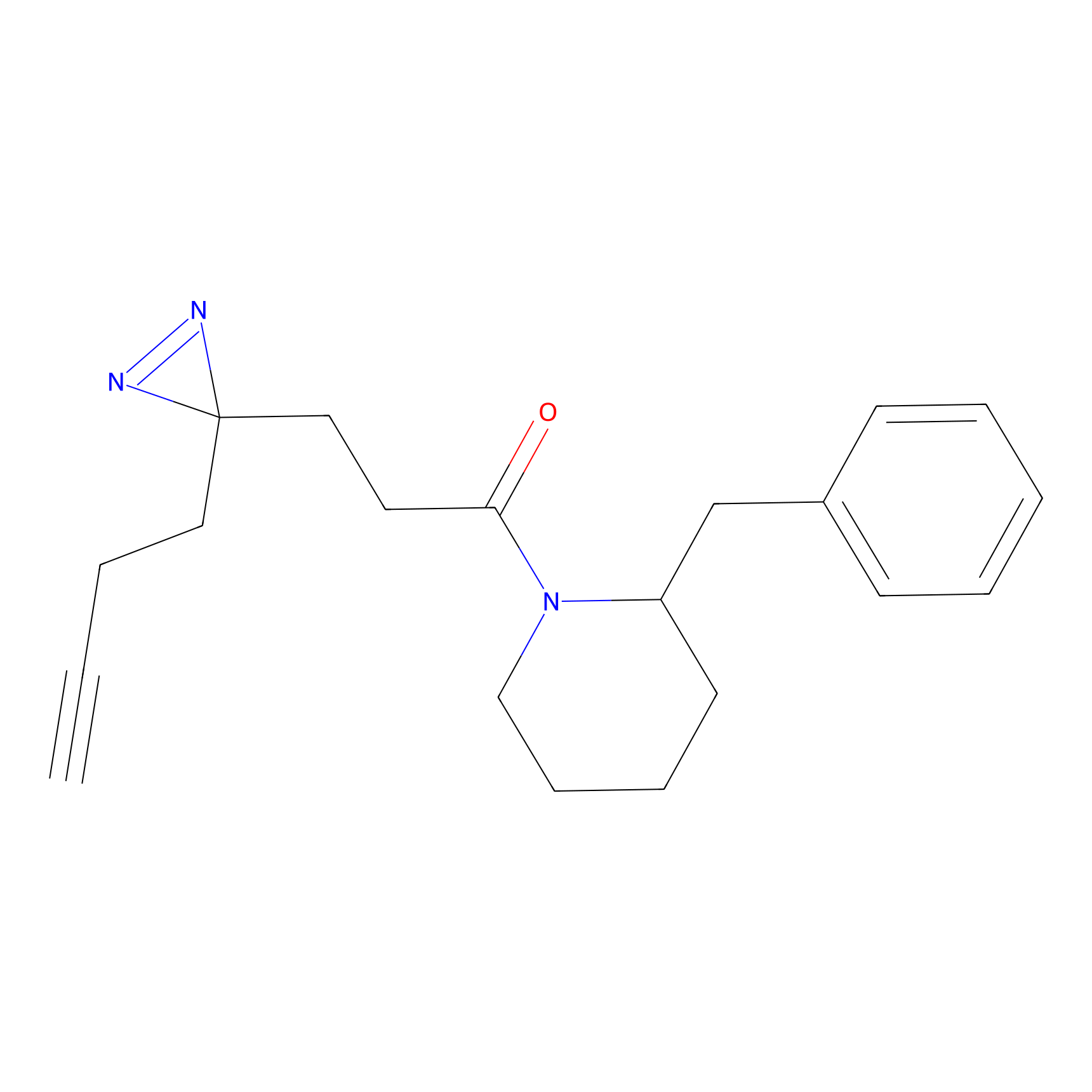 |
20.00 | LDD0475 | [6] | |
|
FFF probe14 Probe Info |
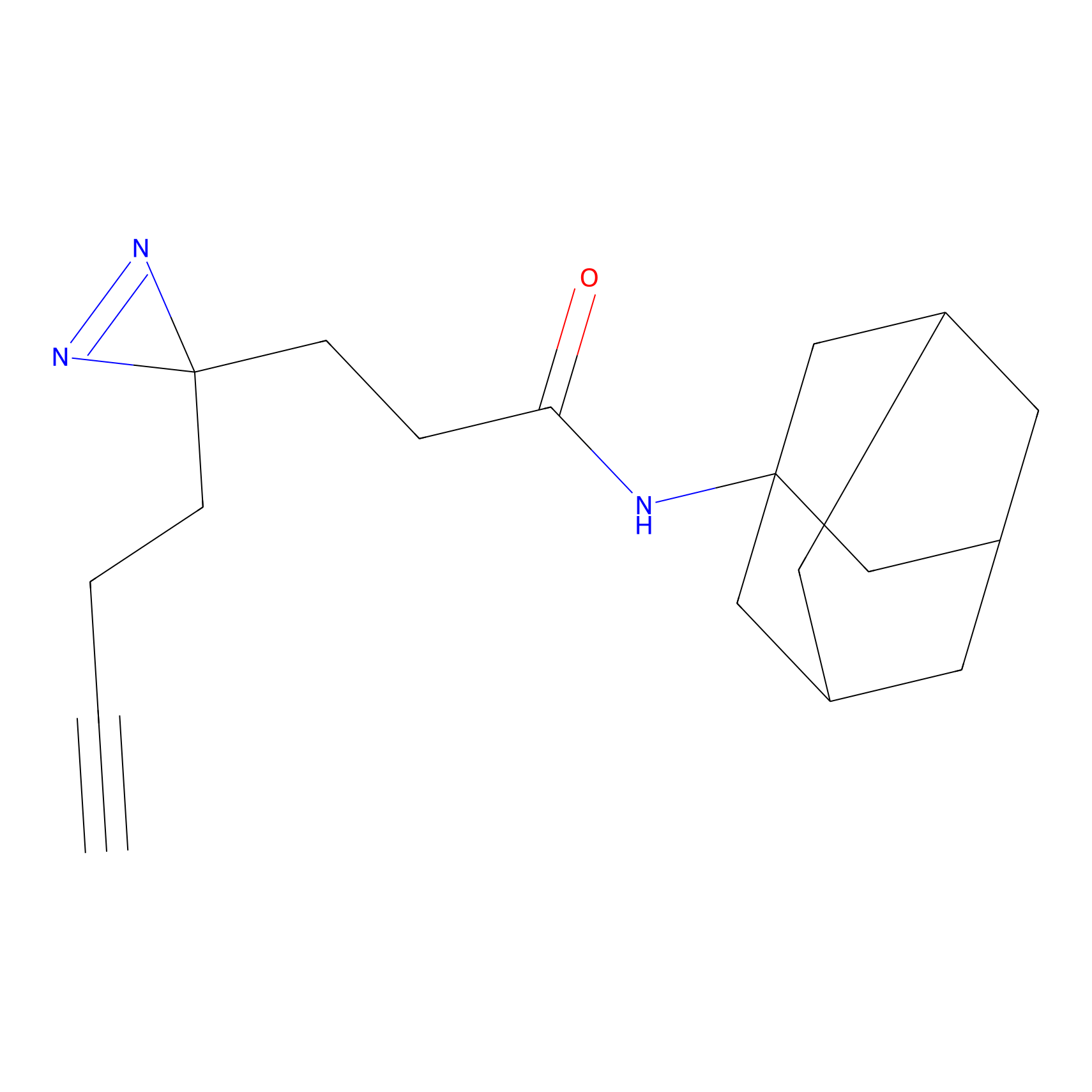 |
20.00 | LDD0477 | [6] | |
|
FFF probe2 Probe Info |
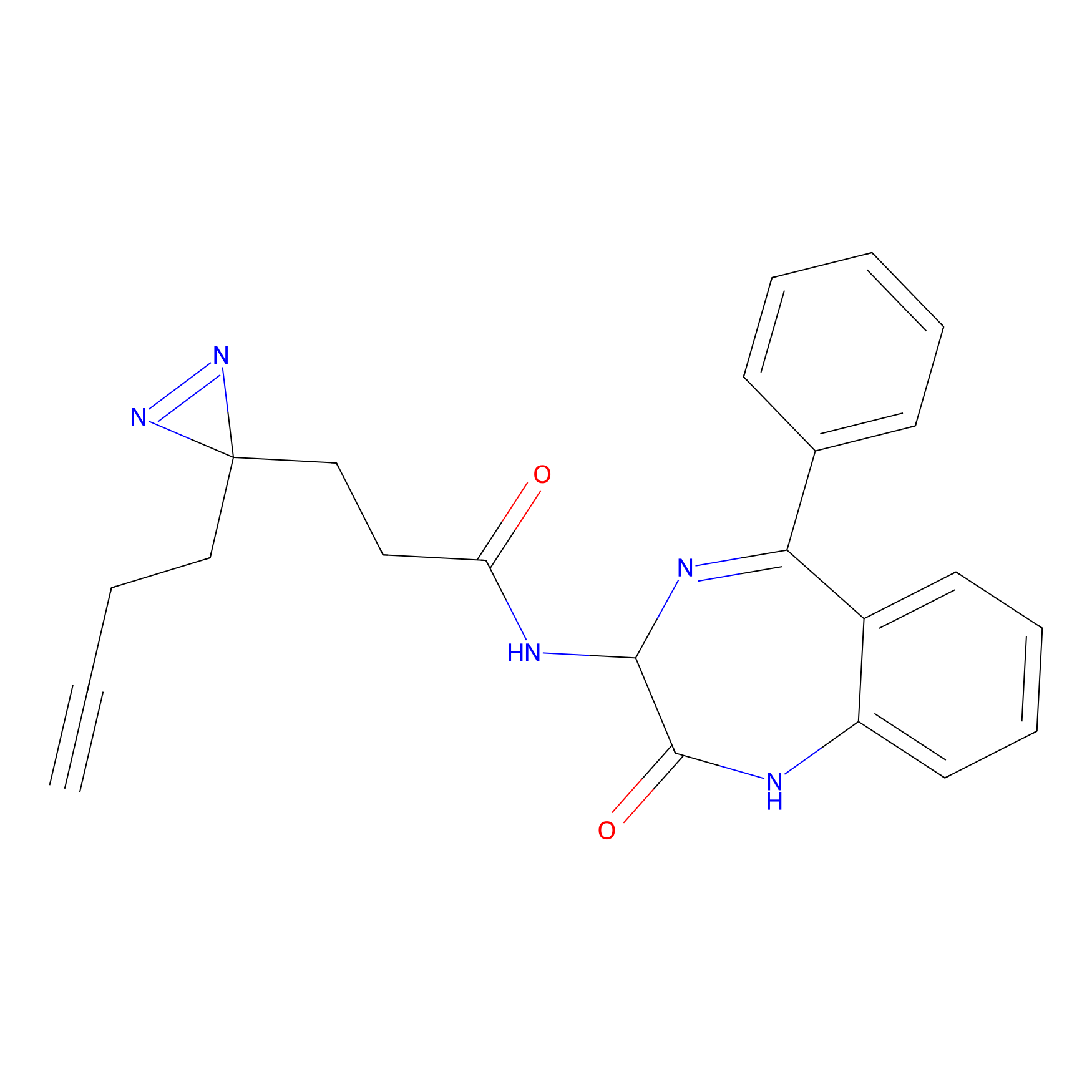 |
20.00 | LDD0463 | [6] | |
|
VE-P Probe Info |
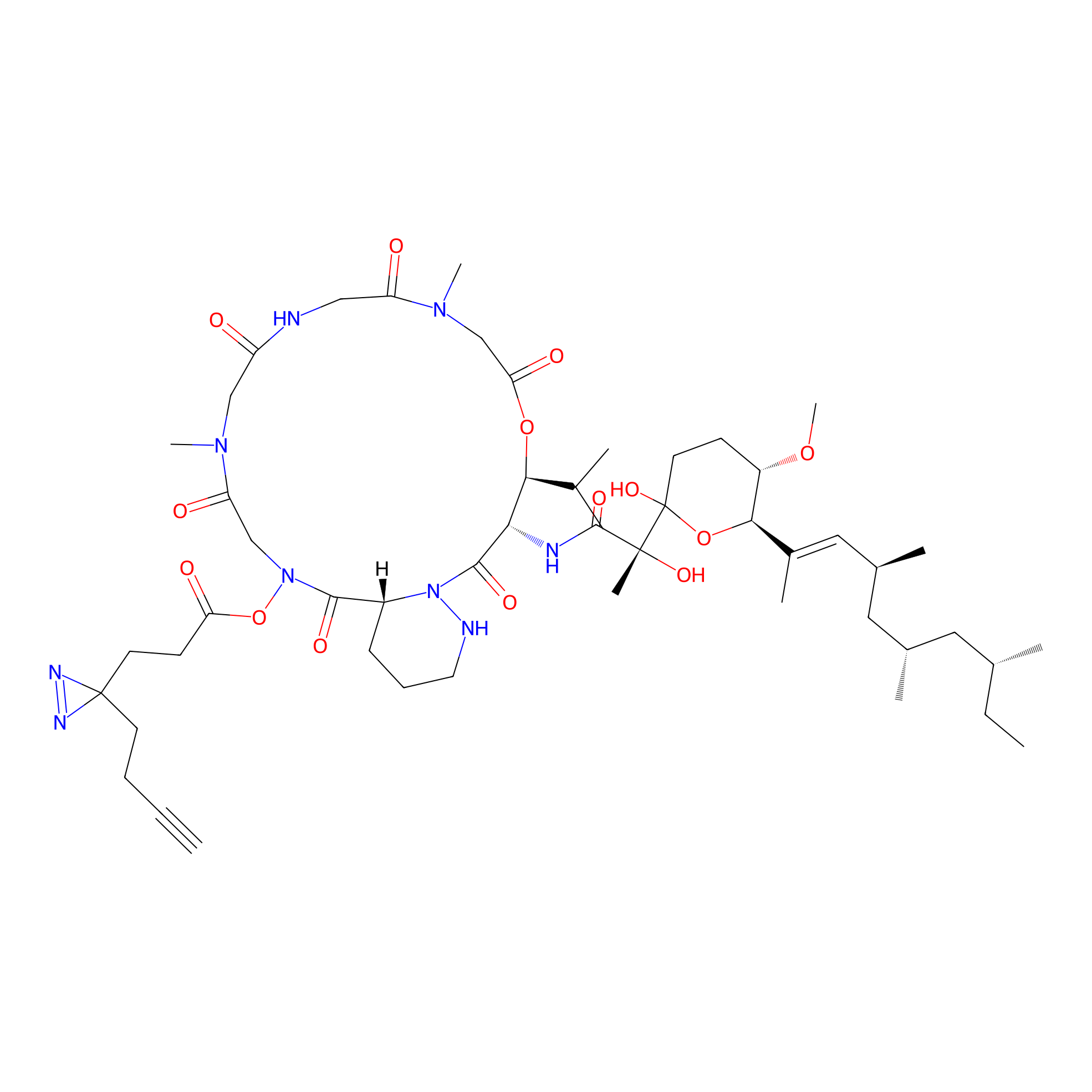 |
N.A. | LDD0396 | [7] | |
|
OEA-DA Probe Info |
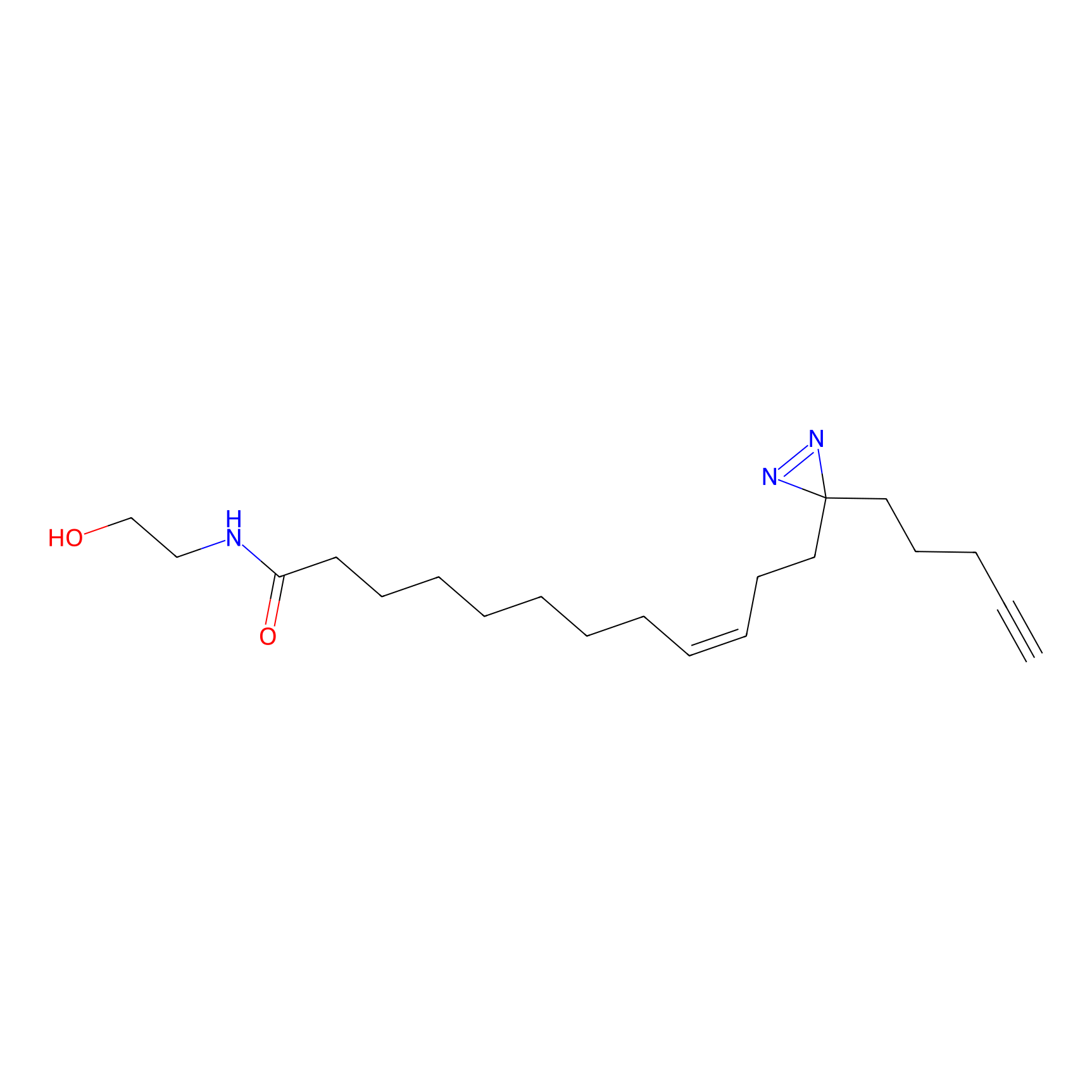 |
5.10 | LDD0046 | [8] | |
Competitor(s) Related to This Target
References
